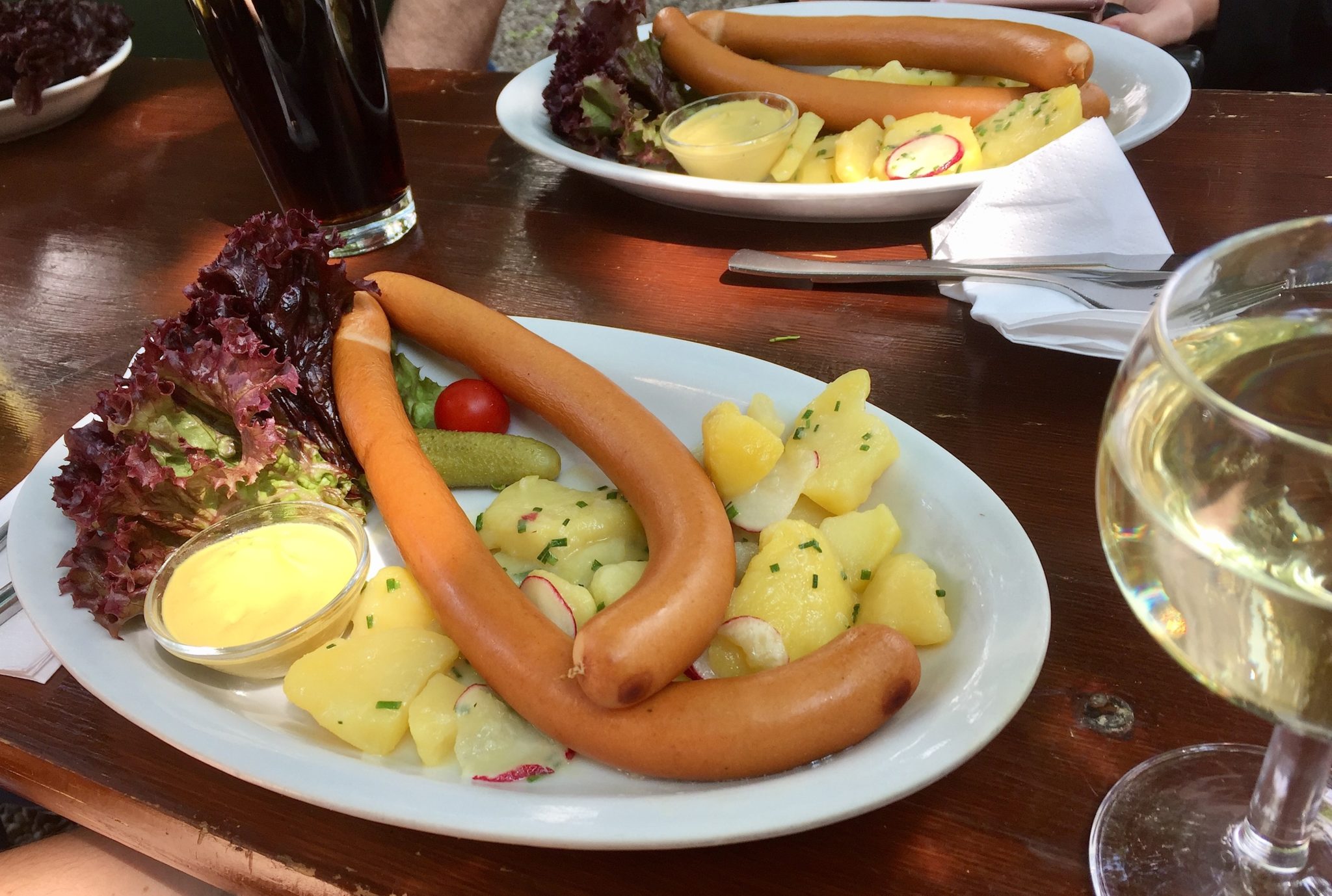
Germans are fond of sharing a quip with foreigners to shed light on the different personalities of their top three cities: Berlin, Hamburg, and Munich. The saying is based on a fur coat…and goes something like this: “A Münchener wears the fur on the outside (to show off his status), a Hamburgian wears the fur on the inside (to be discreet about his wealth), and a Berliner dyes the fake fur purple (to match his hair).

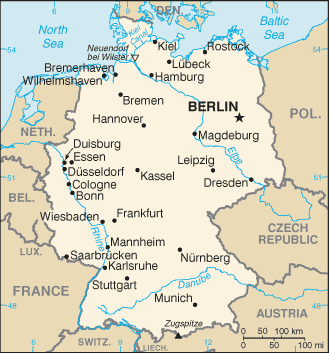
On a springtime visit to trendy Berlin and elegant Hamburg, we dove into a tale of two cities with excellent local guides to discover what lies at the heart and soul of their pedestrian urban centers…at least as much as a visitor can absorb in a whirlwind. If you’re headed for northern Germany, some basic takeaway tips are:
- Spend three nights or longer in each city; there’s a great deal to see.
- Cobblestones reign. Bring comfortable walking shoes, plus an umbrella and sunglasses.
- Forget Uber. Get around on foot or on public transportation; it’s quick and easy.
- Take a 90-minute train ride for the journey between Berlin and Hamburg.

Berlin is Poor But Sexy
Putting out an appeal to the young, creative types more than a decade ago, the mayor of Berlin coined this marketing phrase, declaring “Berlin ist arm, aber sexy” (poor but sexy). It stuck. Today, this is a party town, filled with millennials, bars, parks, and trendy art galleries.
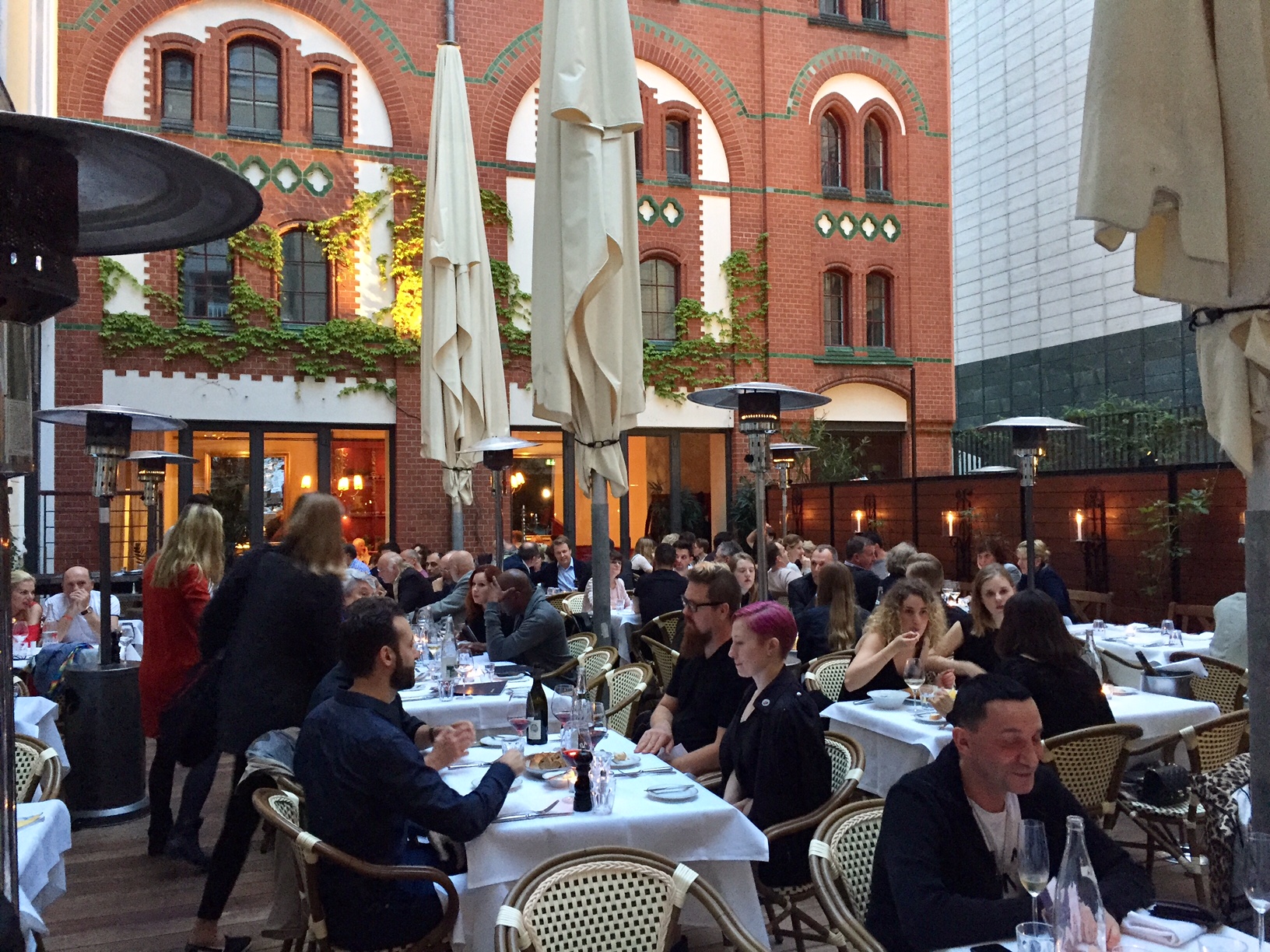
However, the city has debts of 60 billion euros and a large proportion of its residents are dependent on social welfare.
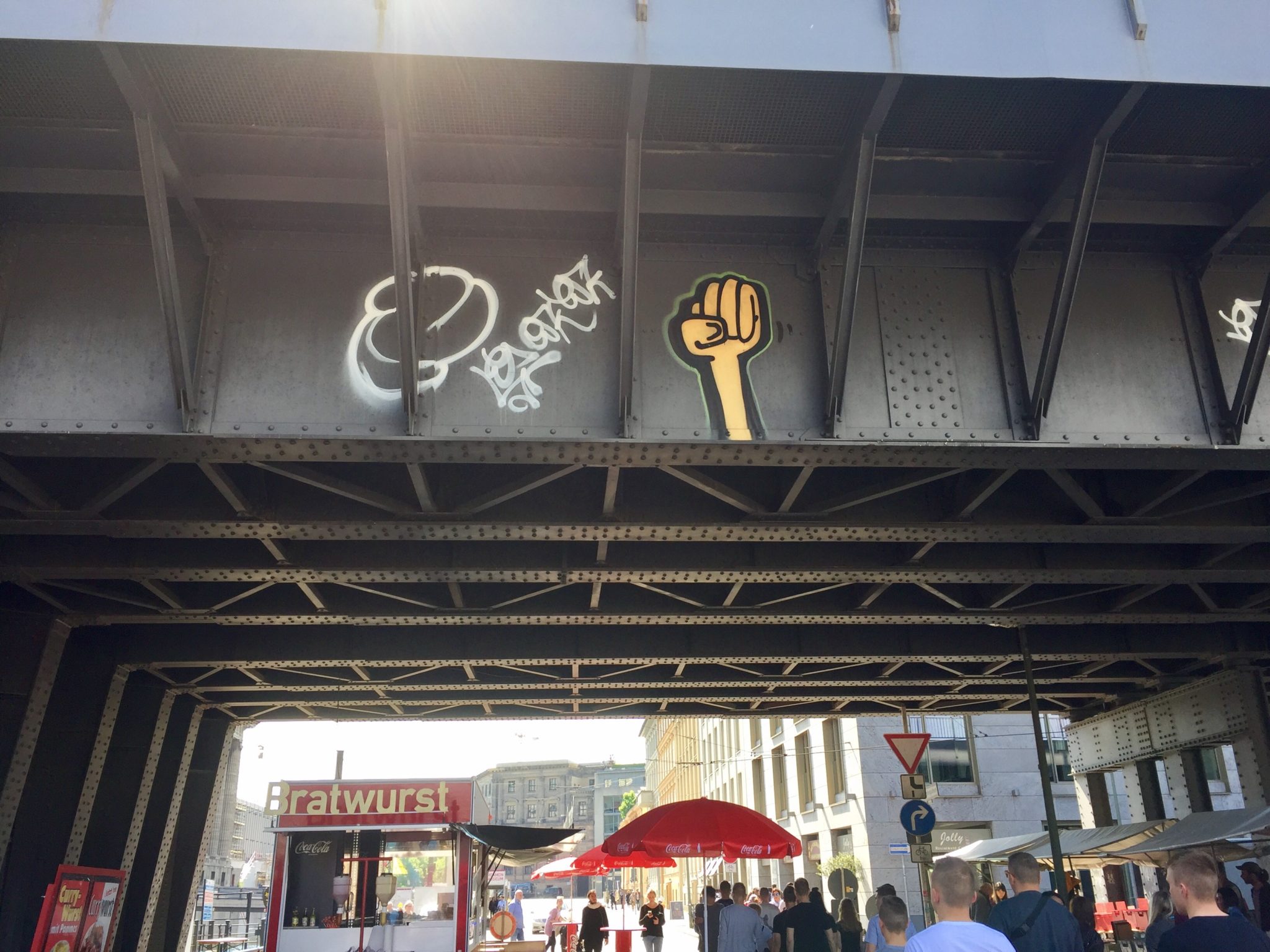
If you haven’t been to Berlin since the fall of the wall, go back. The changes are extraordinary. If you’ve never been, there’s a lot to learn — best understood at this preserved chunk of the wall beside the Topography of Terror exhibit and The Wall panorama at Checkpoint Charlie.
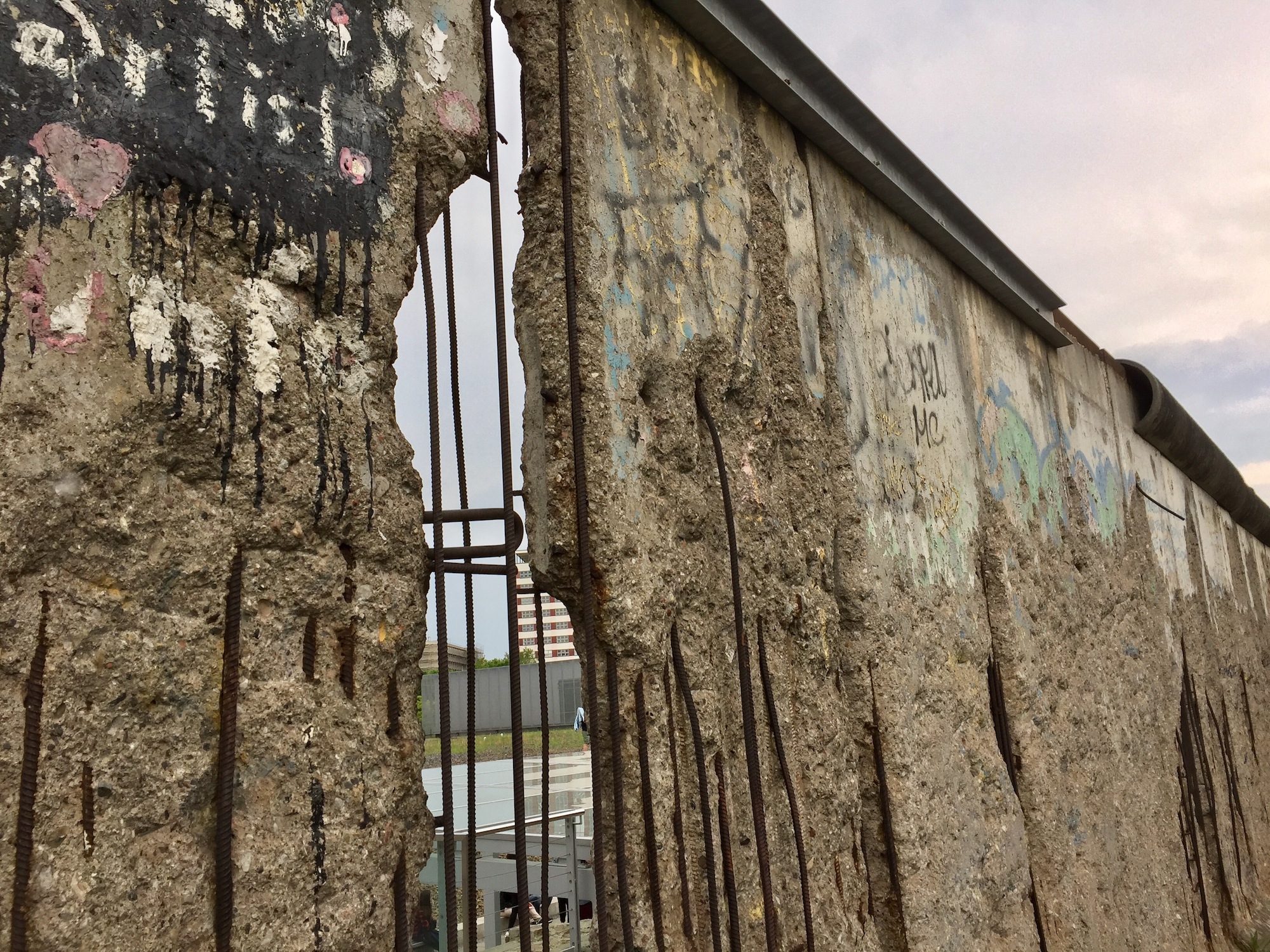
Reminders of the Third Reich pop up here and there, lest we forget. Tiles appear embedded in the pavement in places, accompanied by old photographs in windows to tell us about the occupants as well as their fate under the Nazi regime.
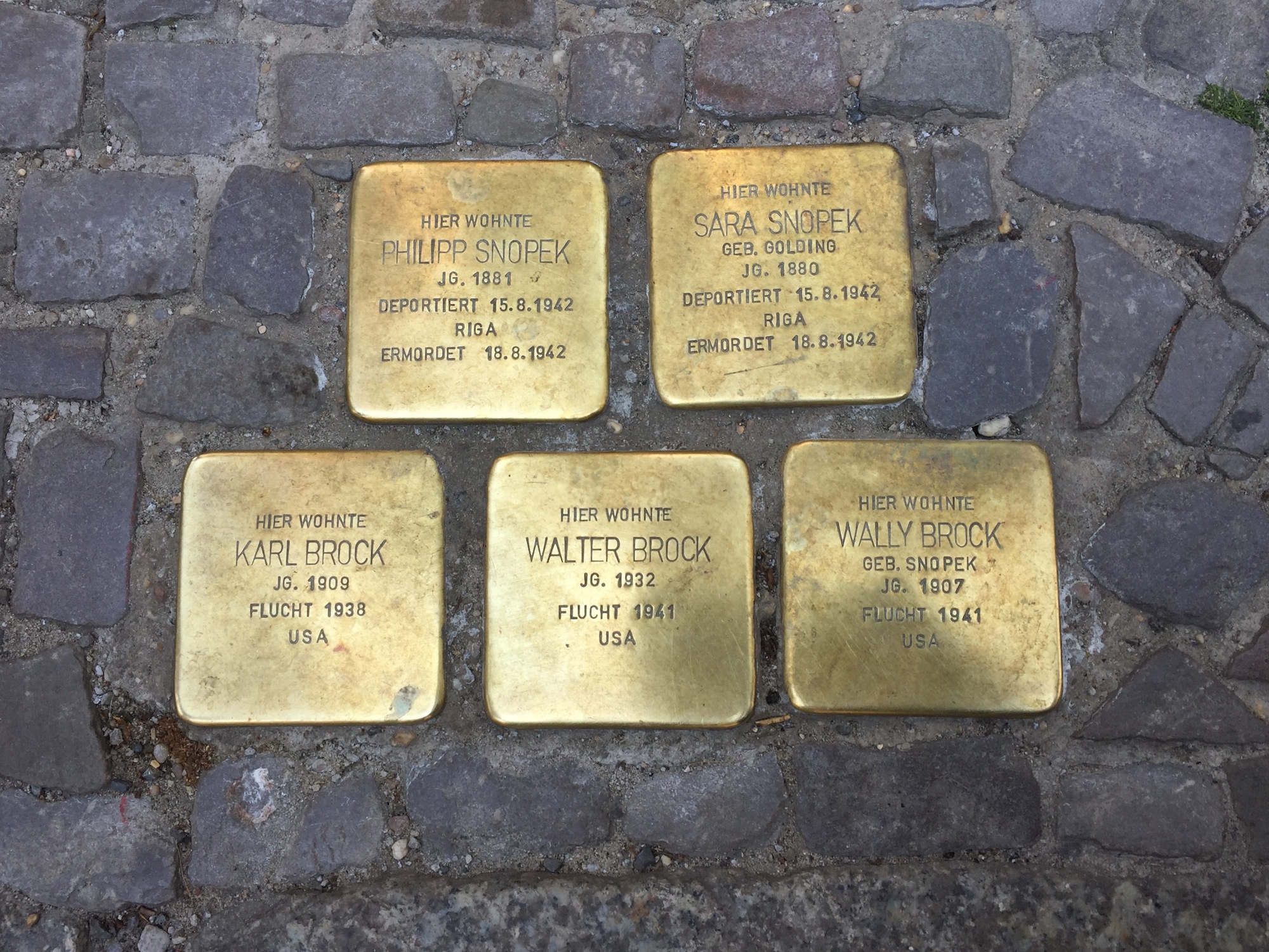
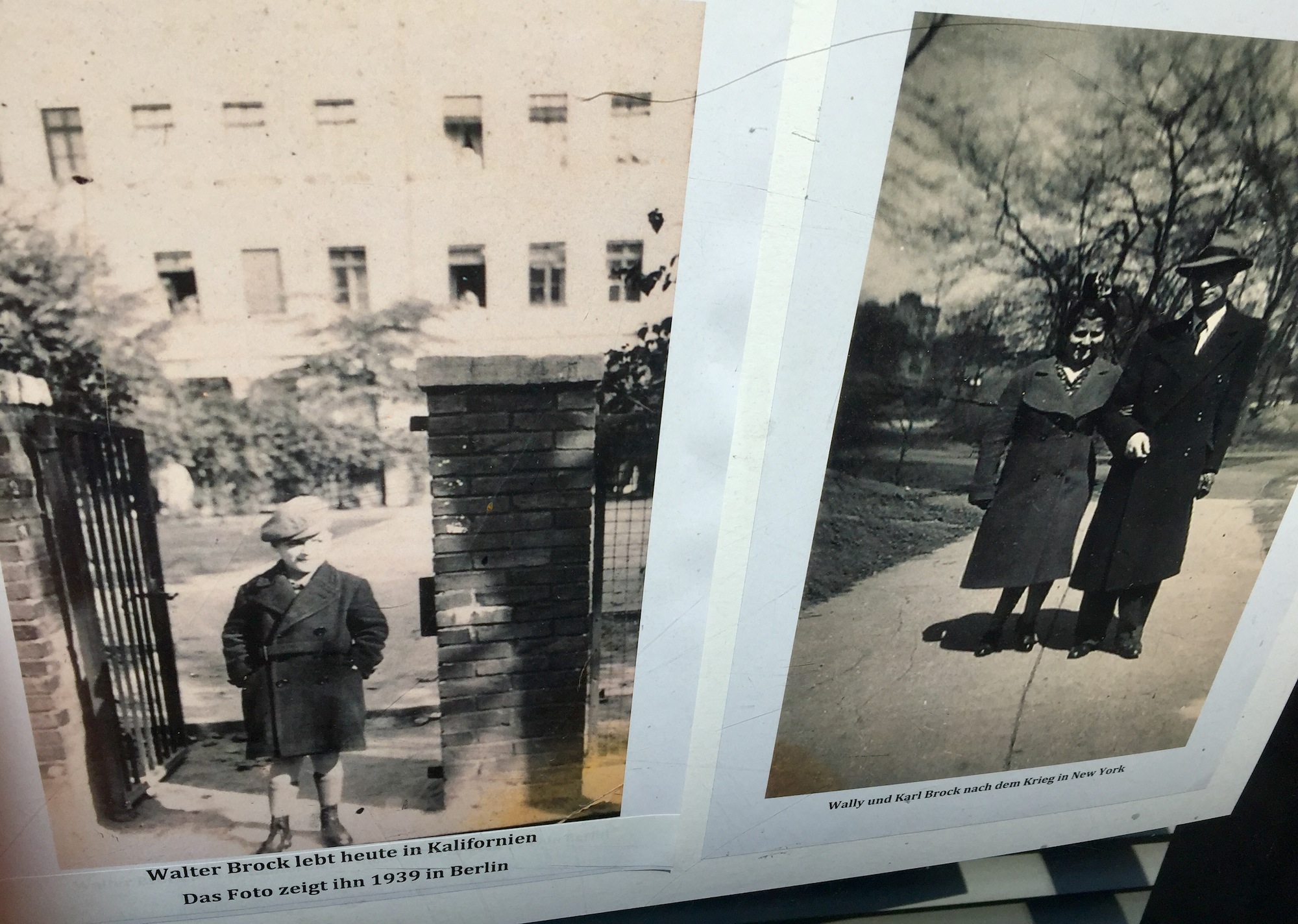
A plaque on the old synagogue memorializes the terrors of Kristellnacht.
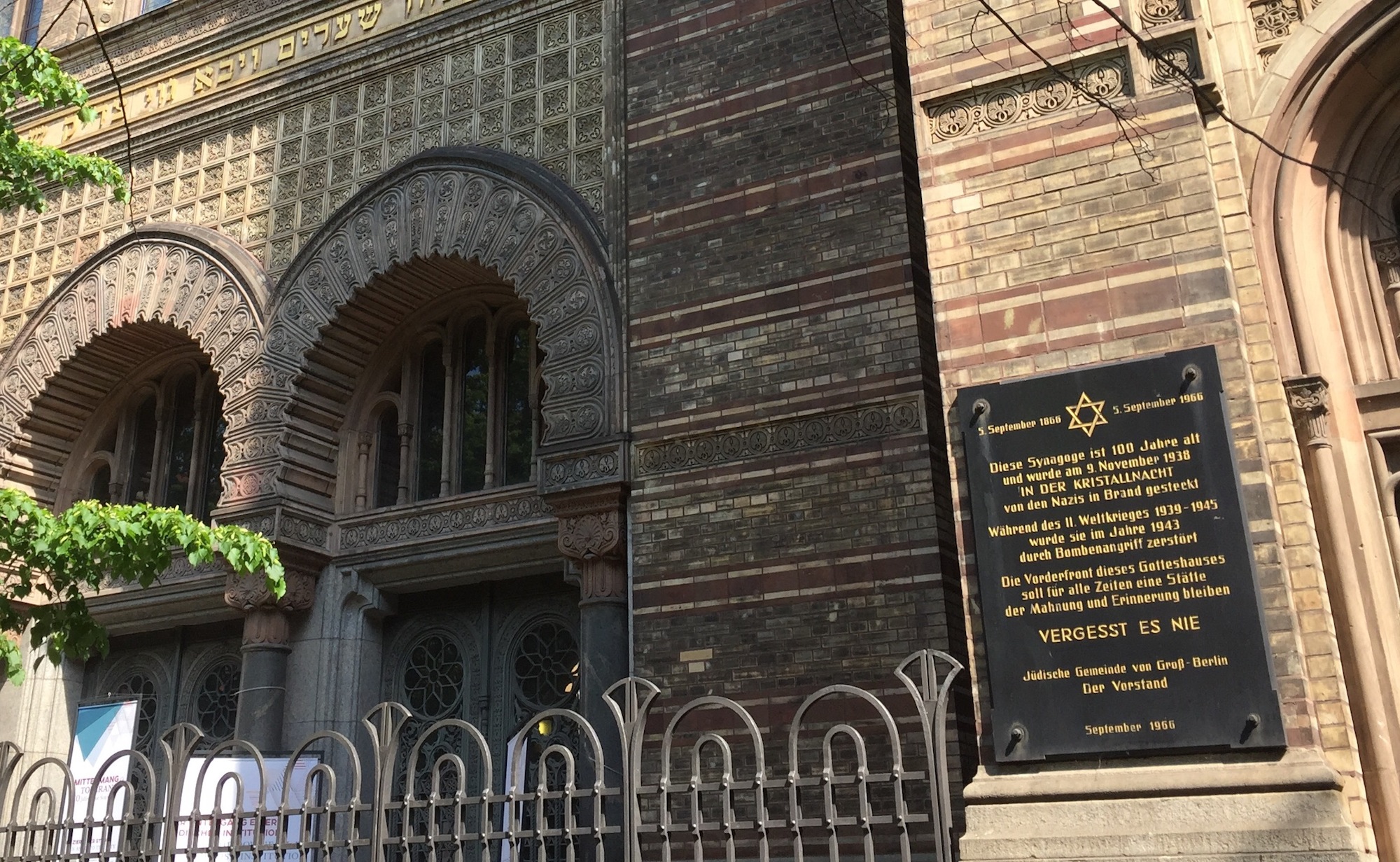
It’s important to realize that inaccessible East Berlin included most of the historic center of the city between 1961 and 1990. The Berlin Wall meant that nobody from the west could cast their eyes on the east side of the divided city…and that included the treasures housed in Berlin’s magnificent museums.
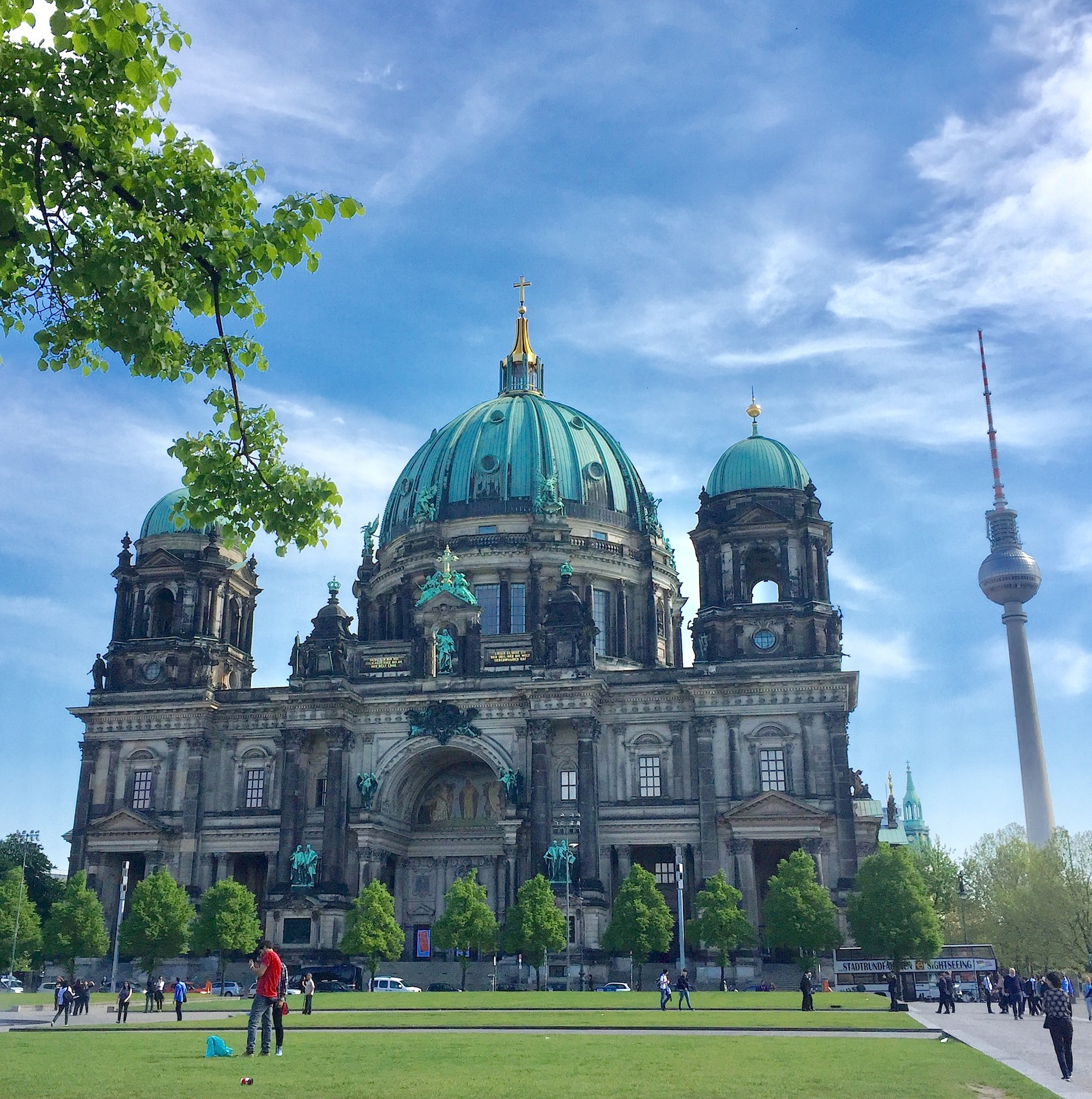
Focus your itinerary on the former East Berlin, where the historic Mitte district is home to Museum Island, Brandenburg Gate, Reichstag, Tiergarten, Checkpoint Charlie, the Jewish Memorial, and a collection of beautiful landmark squares with truly impressive architecture.
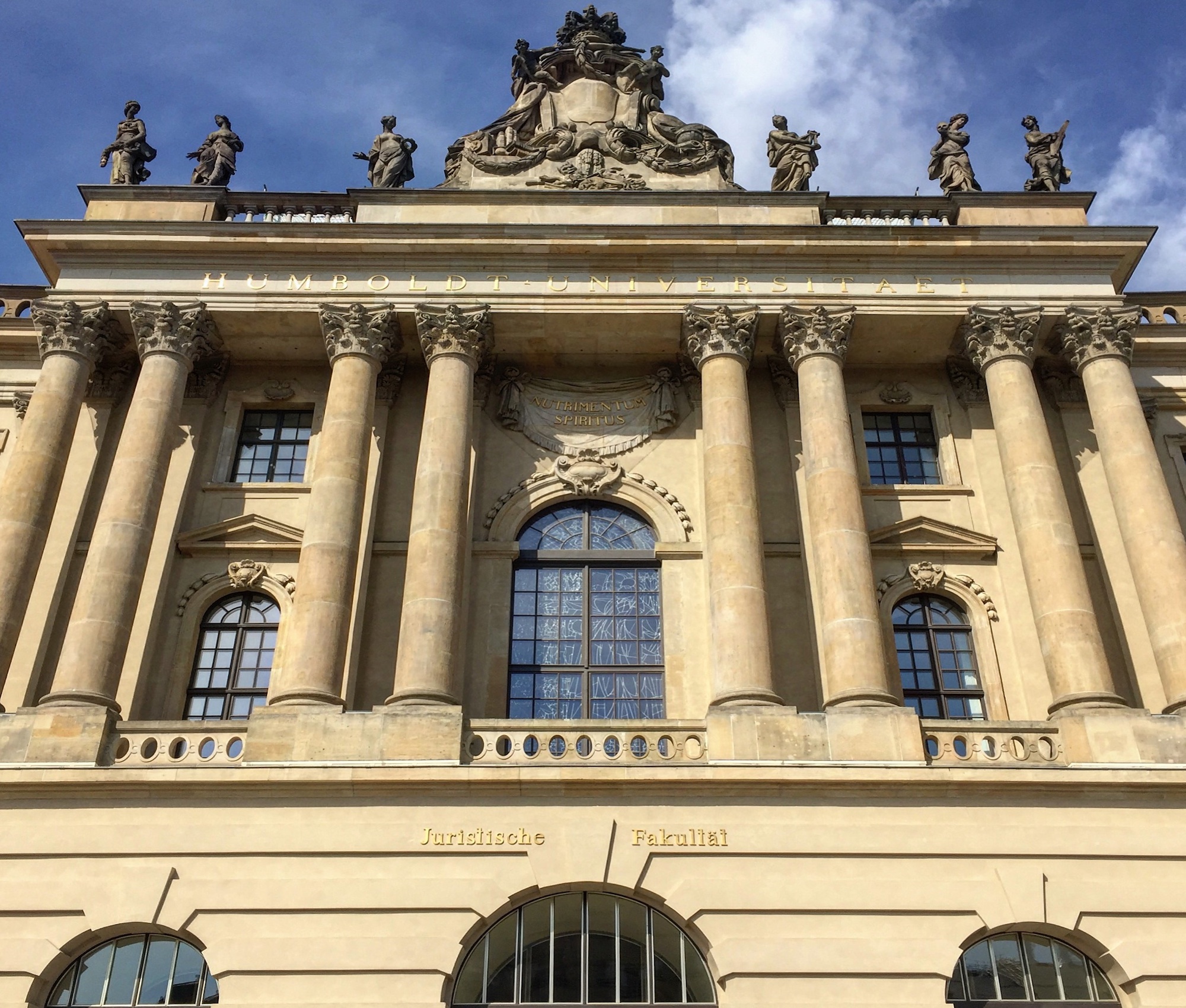
You could easily spend a full day exploring your top picks among the five significant museums on Museum Island, a UNESCO World Heritage Site.
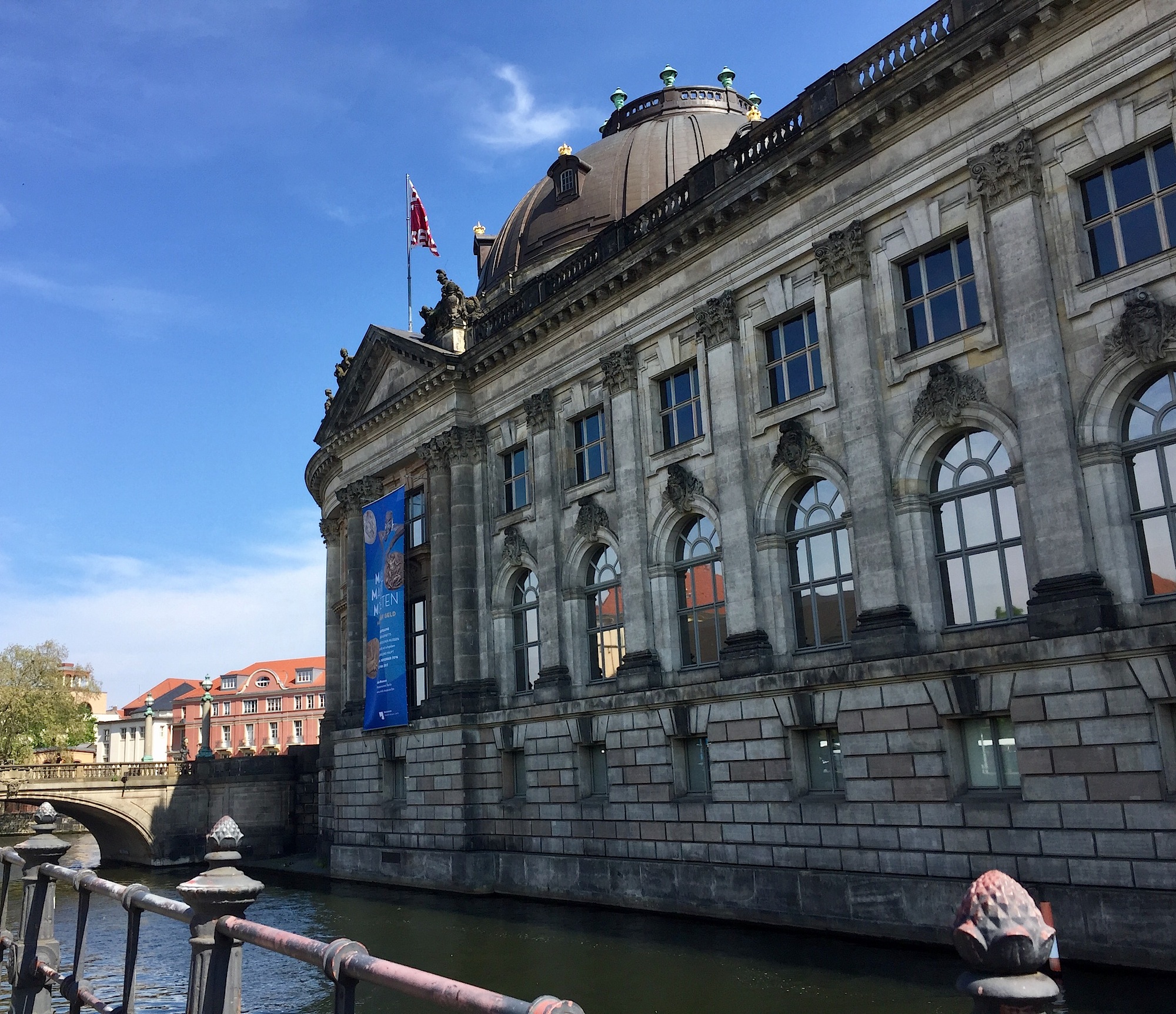
Perhaps the outstanding Pergamon Museum (where the hall containing the massive Pergamon Altar is closed for renovation until 2019), Bode Museum, Neues Museum (where the bust of Nefertiti is the star attraction), Alte Nationalgalerie, and Altes Museum will be persuasive enough to lure you away from a sightseeing boat ride? If not, do both.
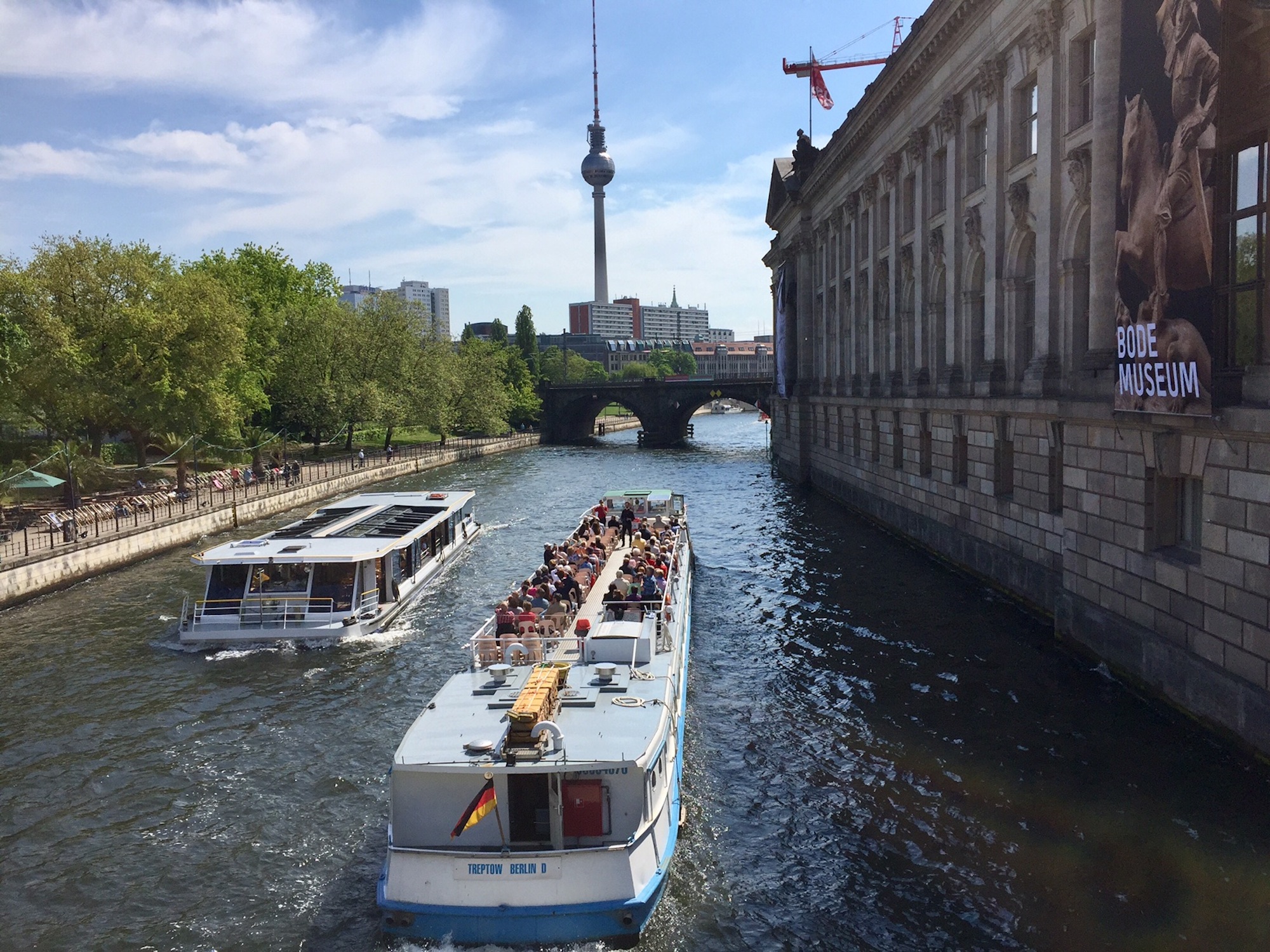
Both the pink edifice of the Deutsches Historisches Museum and Brandenburg Gate are steps away on the famous boulevard, Unter den Linden.
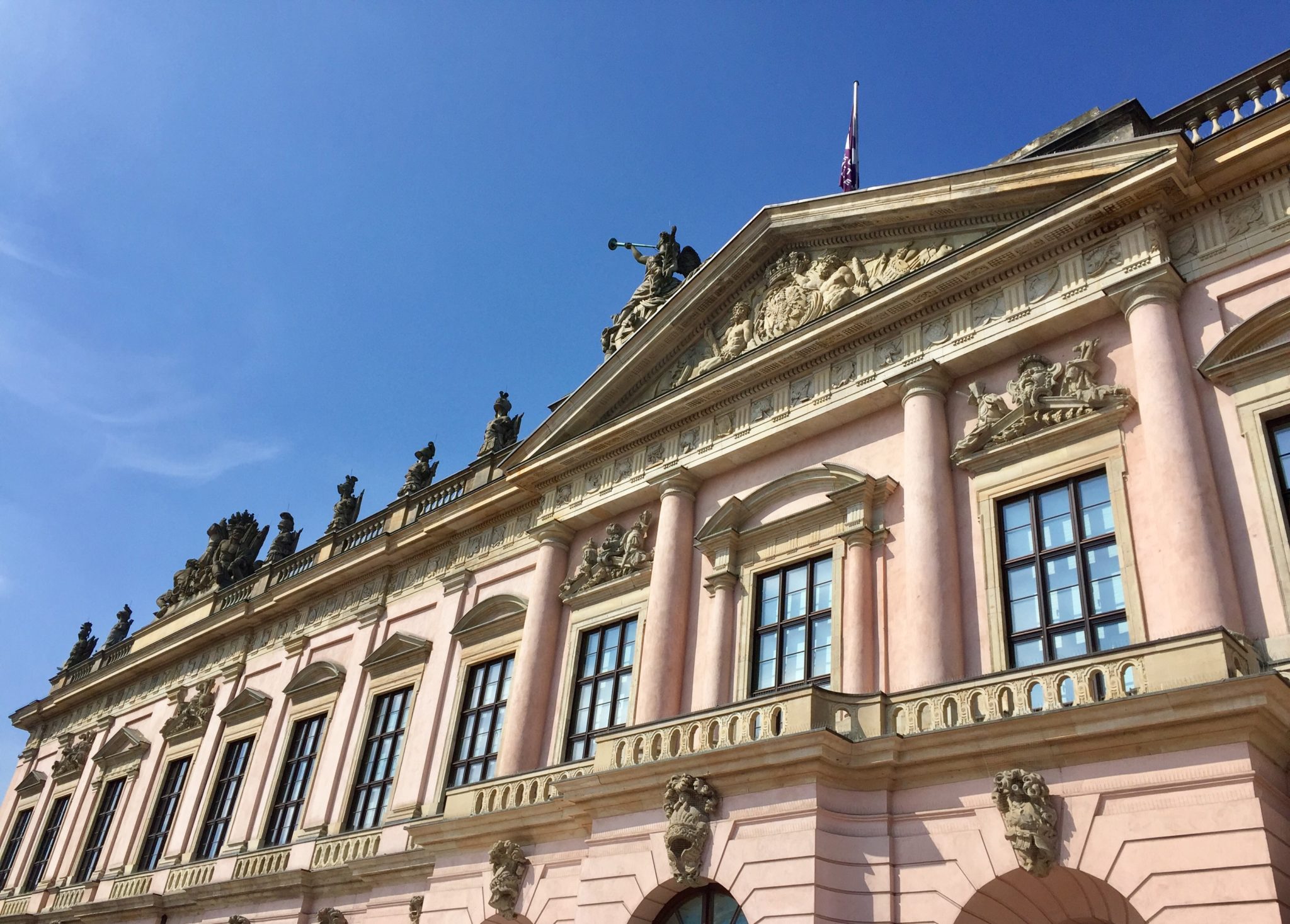
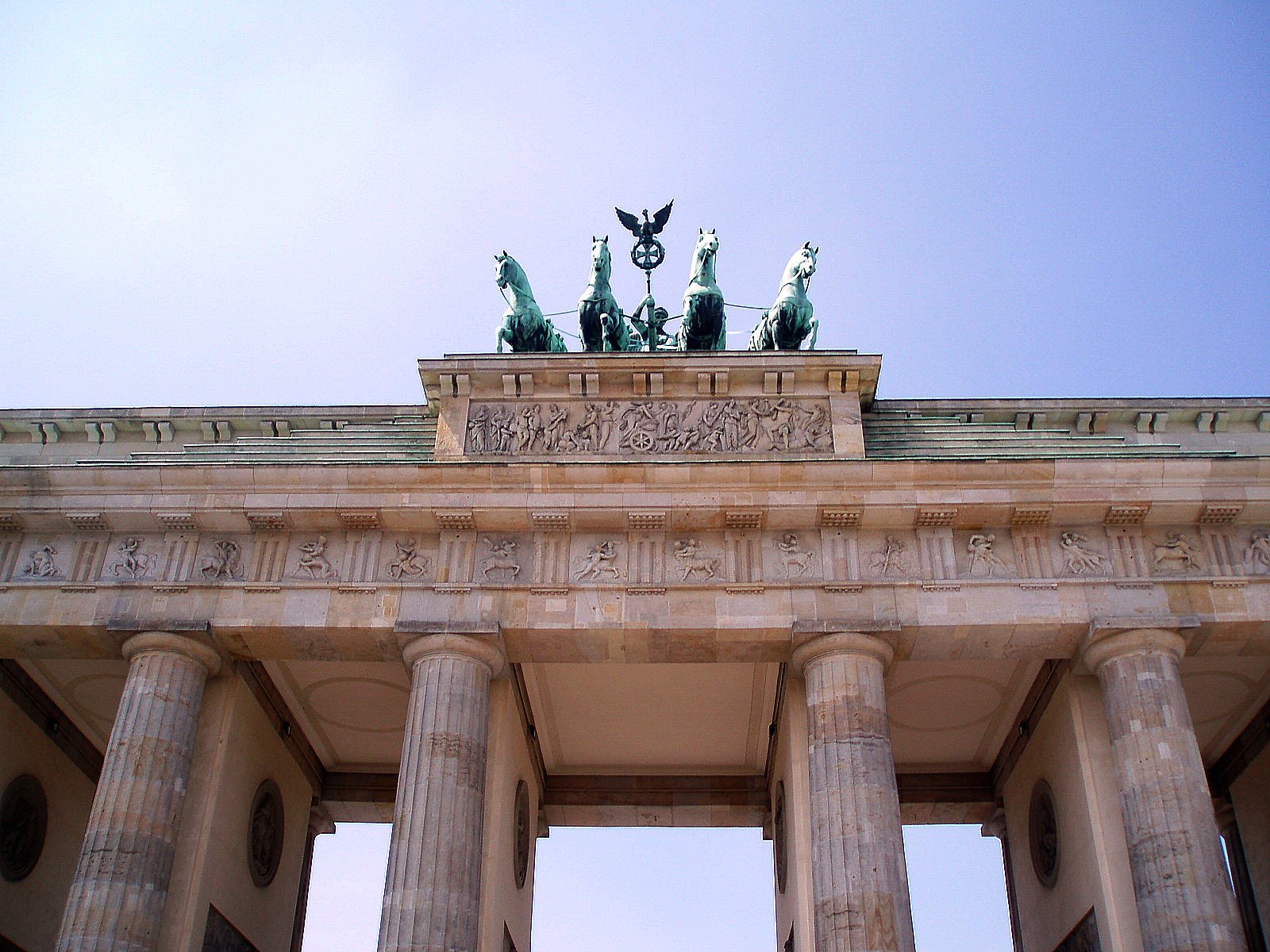
Cranes mix with neo-classical columns and domes dotting the skyline of the still emerging new Berlin. Along the River Spree beside Museum Island, a “beach” café on the Strandbar is in full swing with deck chairs, palm trees, and dancing on summery evenings.
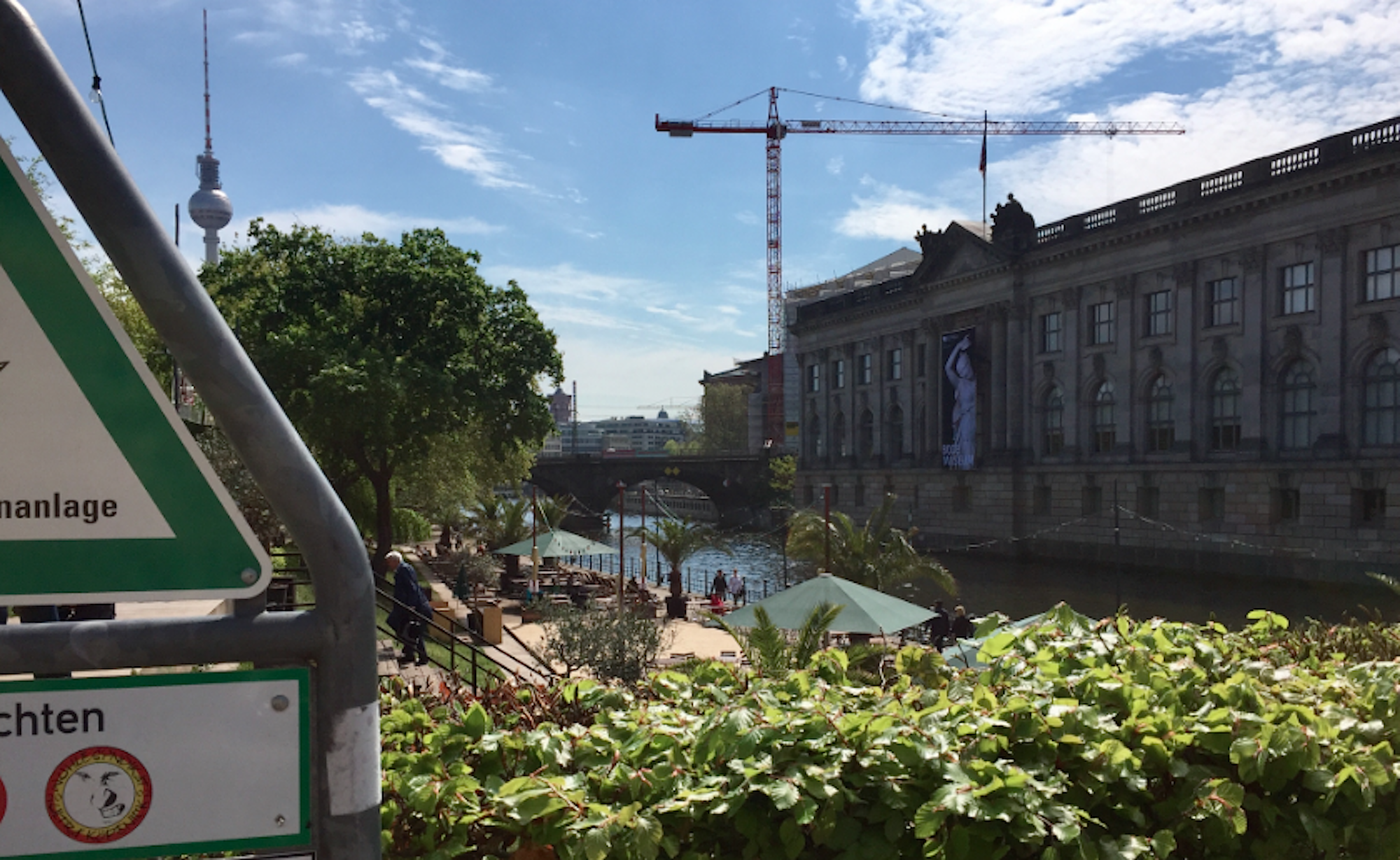
Hotel de Rome: A Five-Star Find
If your taste runs to immaculate, you cannot beat Hotel de Rome, a Rocco Forte Hotel smack in the heart of Mitte. The elegant former bank building retains a striking presentation; once built to attract well-heeled depositors, it now speaks to five-star travelers, complete with a lovely garden for outdoor dining, pool, spa, and roof terrace.
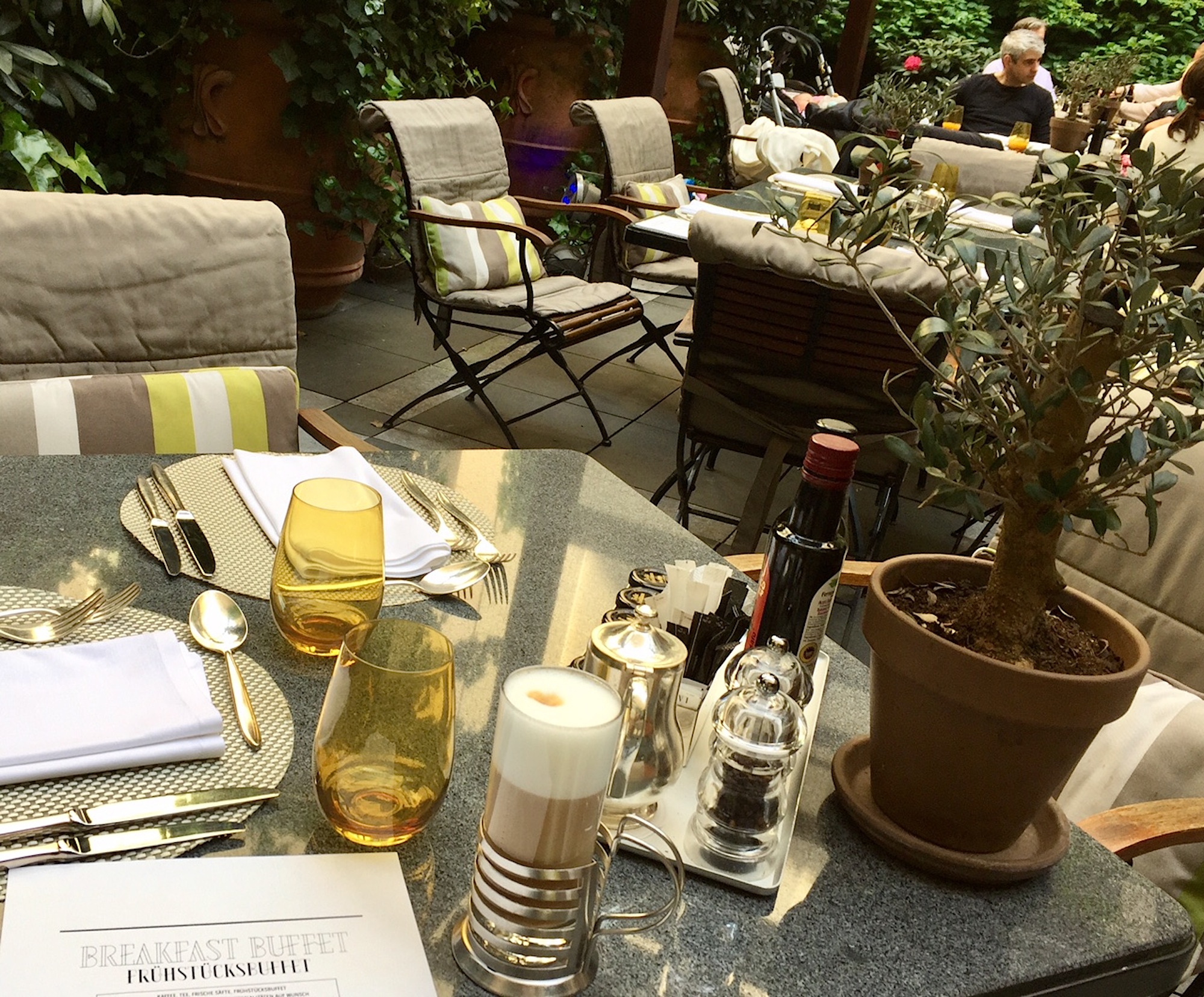
Pops of red startle here and there, making a bold design statement from the wow factor lobby to flawless guest rooms.

The service is remarkably spot yet invisible…you can expect a new toothbrush and tube of toothpaste if your own appears to be running low. Peak at a suite and a guest room, graced by white orchids, of course.
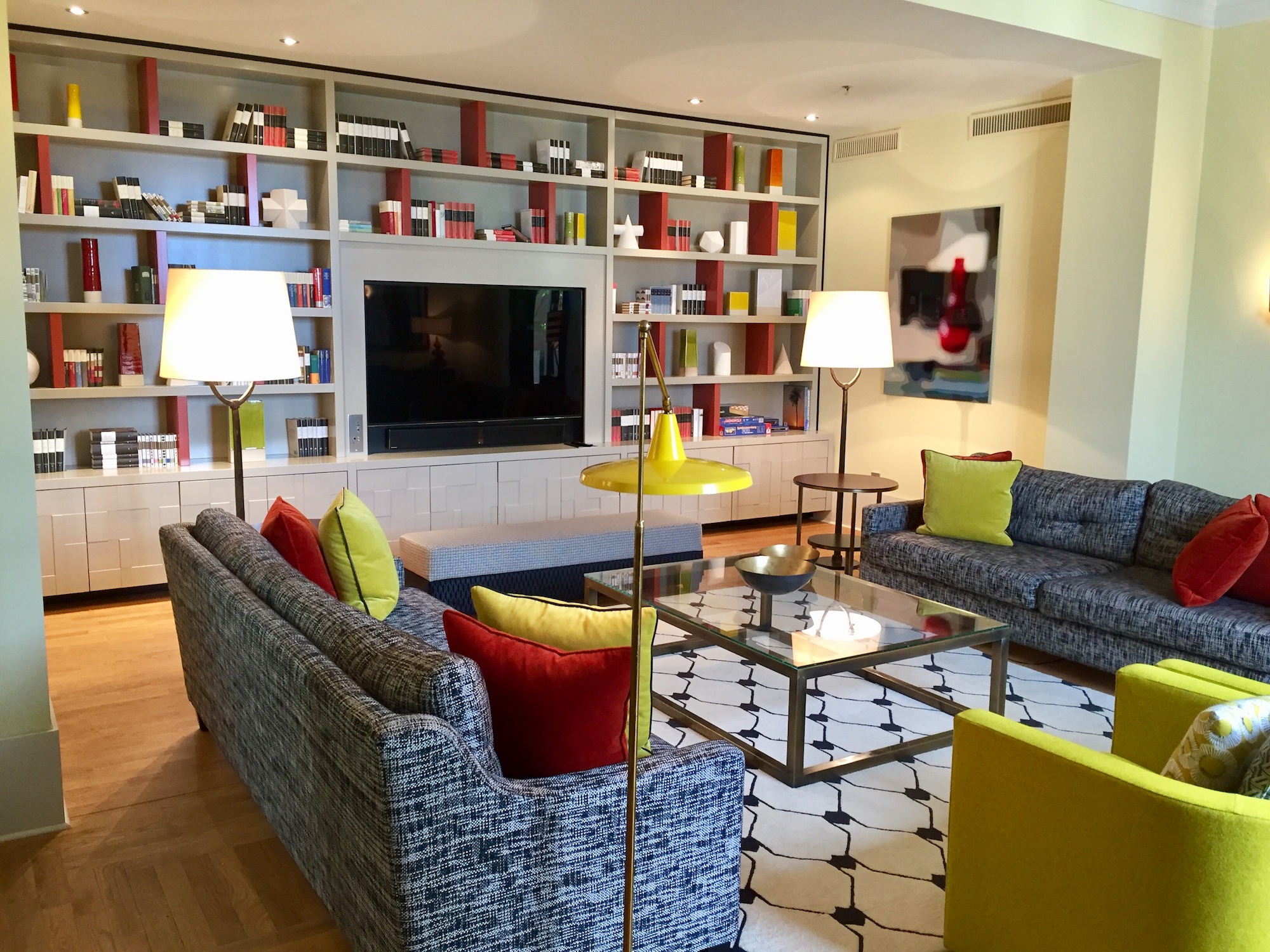
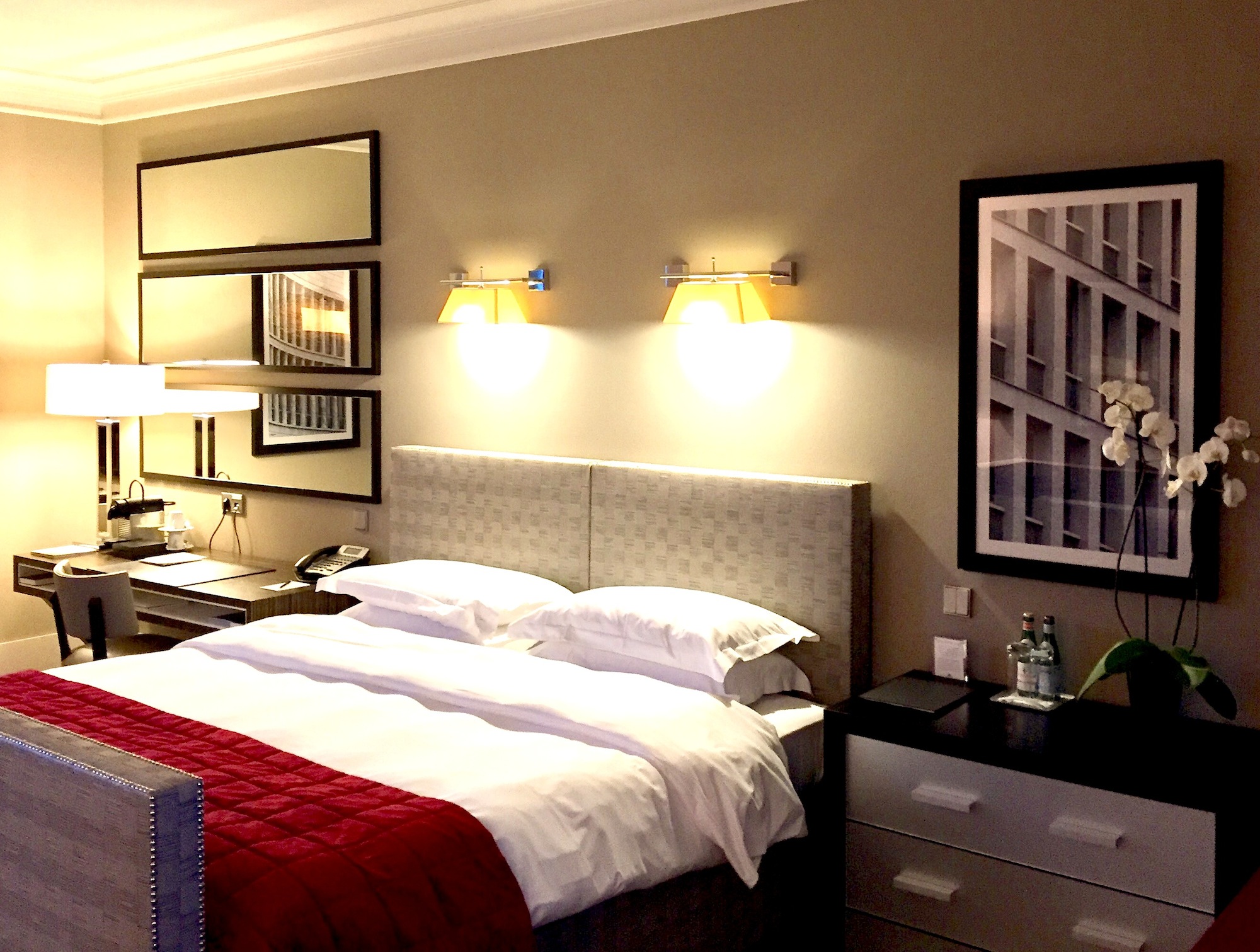
Say “Moin, Moin” in Hamburg
Even if your German is limited to “wienerschnitzel,” when in Hamburg you’ll sound like you know the score when you learn this catchy, hyper-local greeting.
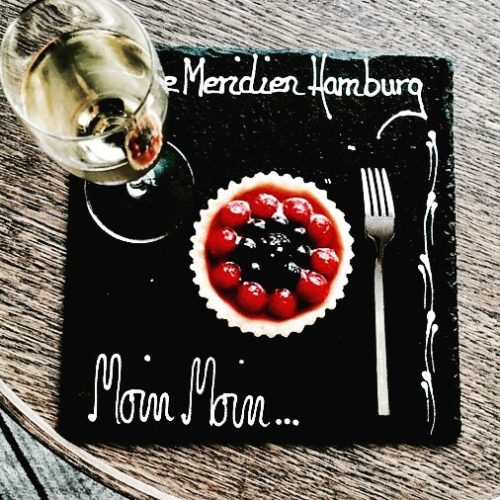
More Takeaways:
- Hamburg is handsome, yet humble.
- Nobody can decide if the residents are called Hamburgians or Hamburgers.
- Hamburg is fiercely proud of its Hanseatic (read “independent”) tradition.
- Germany’s major port city is the nation’s wealthiest.
- Hamburg’s two main themes are maritime and music, from Brahms to The Beatles.
Locals like to say Hamburg has two rivers: One for making money and the other for spending it. Surrounded on three sides by water at HafenCity on the Elbe, the shimmering façade of Elbphilharmonie, the world’s most striking new concert hall rises.
Following costly delays, now open since January 2017, the acoustically acclaimed Elphie has transformed Hamburg’s skyline. At the junction of an historic warehouse and the sparkling architectural marvel above, the public can wander the wraparound terrace for great city and harbor views.
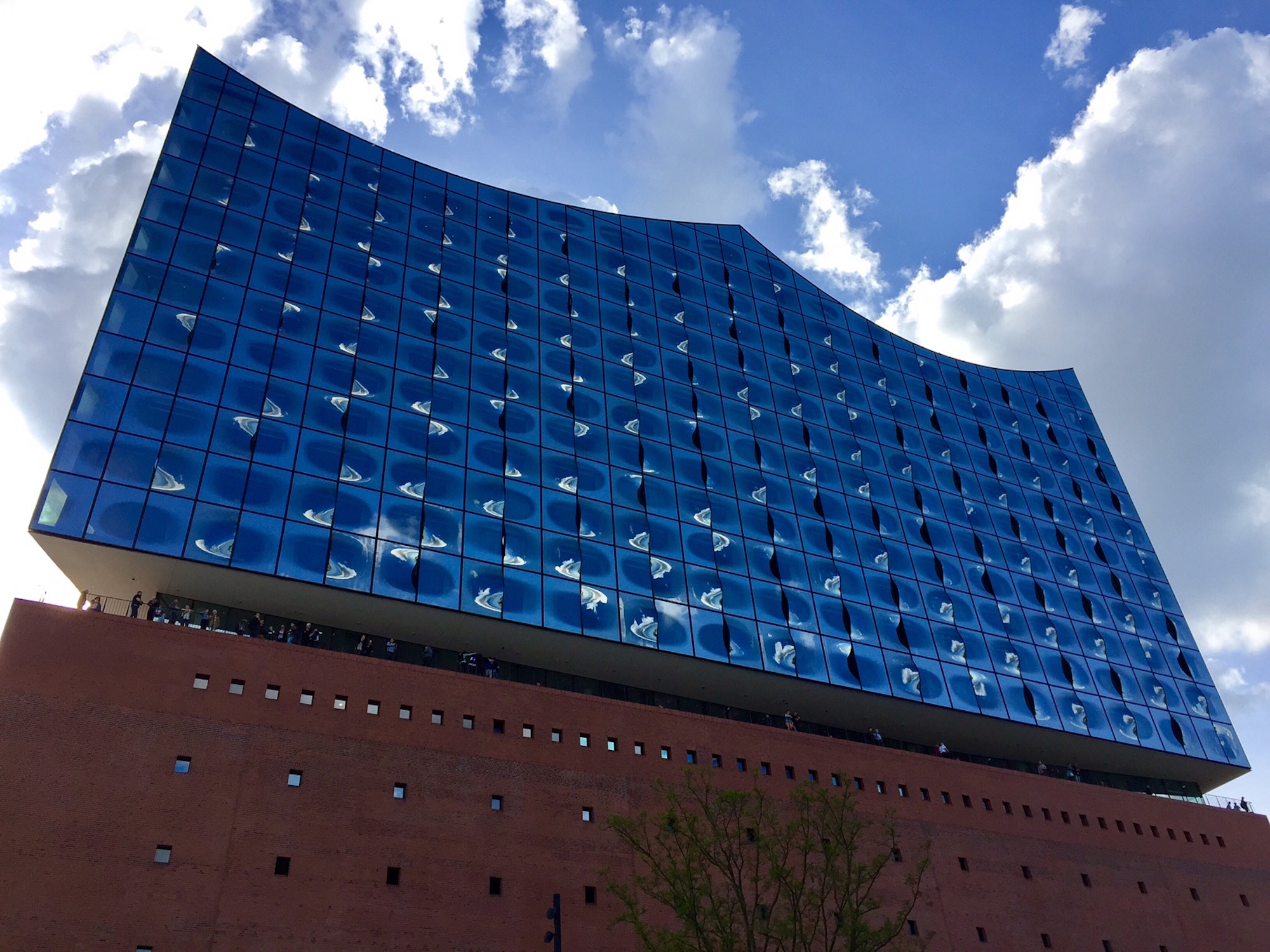
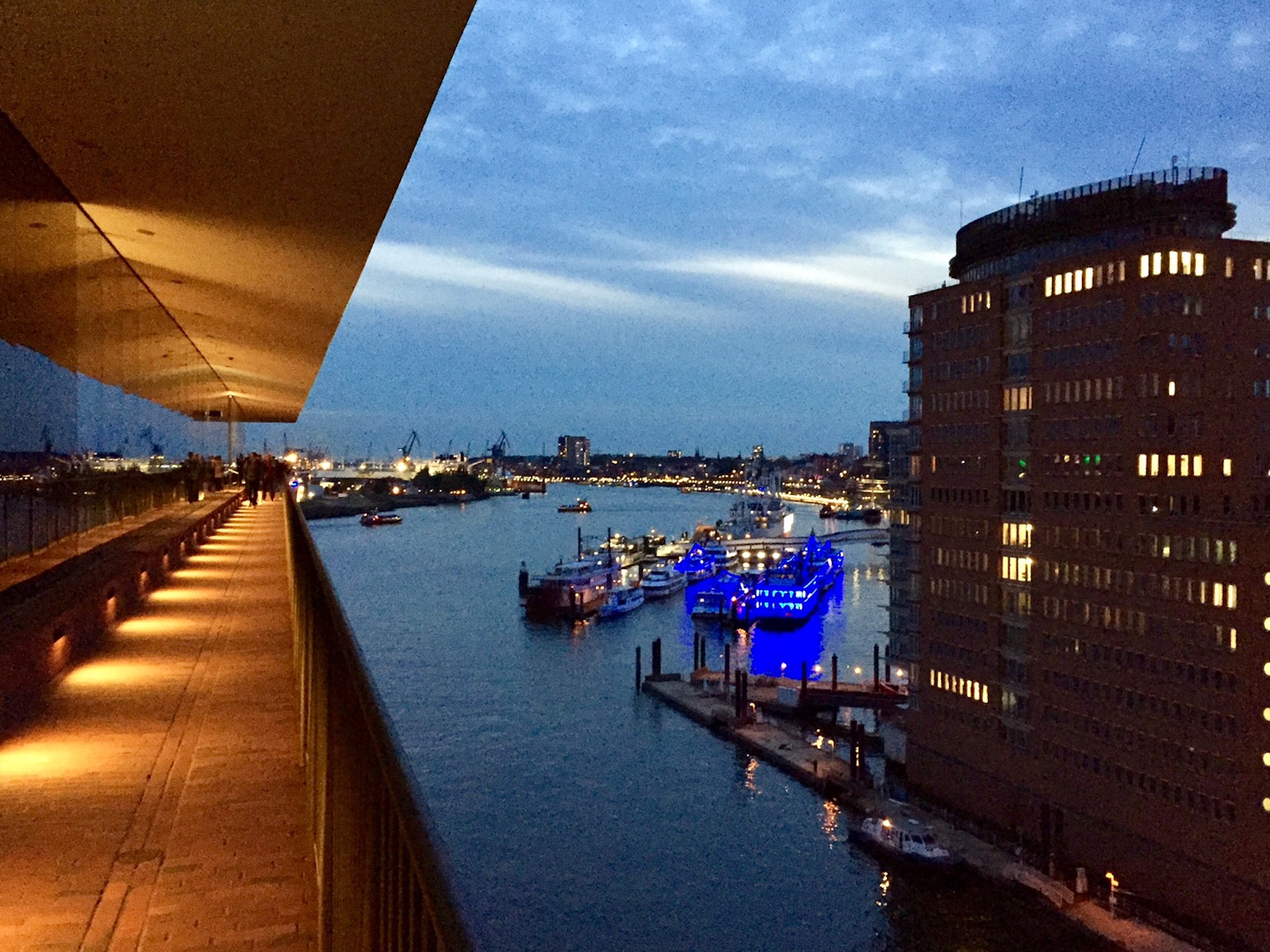
The great fire of 1842, which spread from a cigar factory, means that Hamburg doesn’t have an “old city.” It more than compensates with a wealth of remarkable art deco.
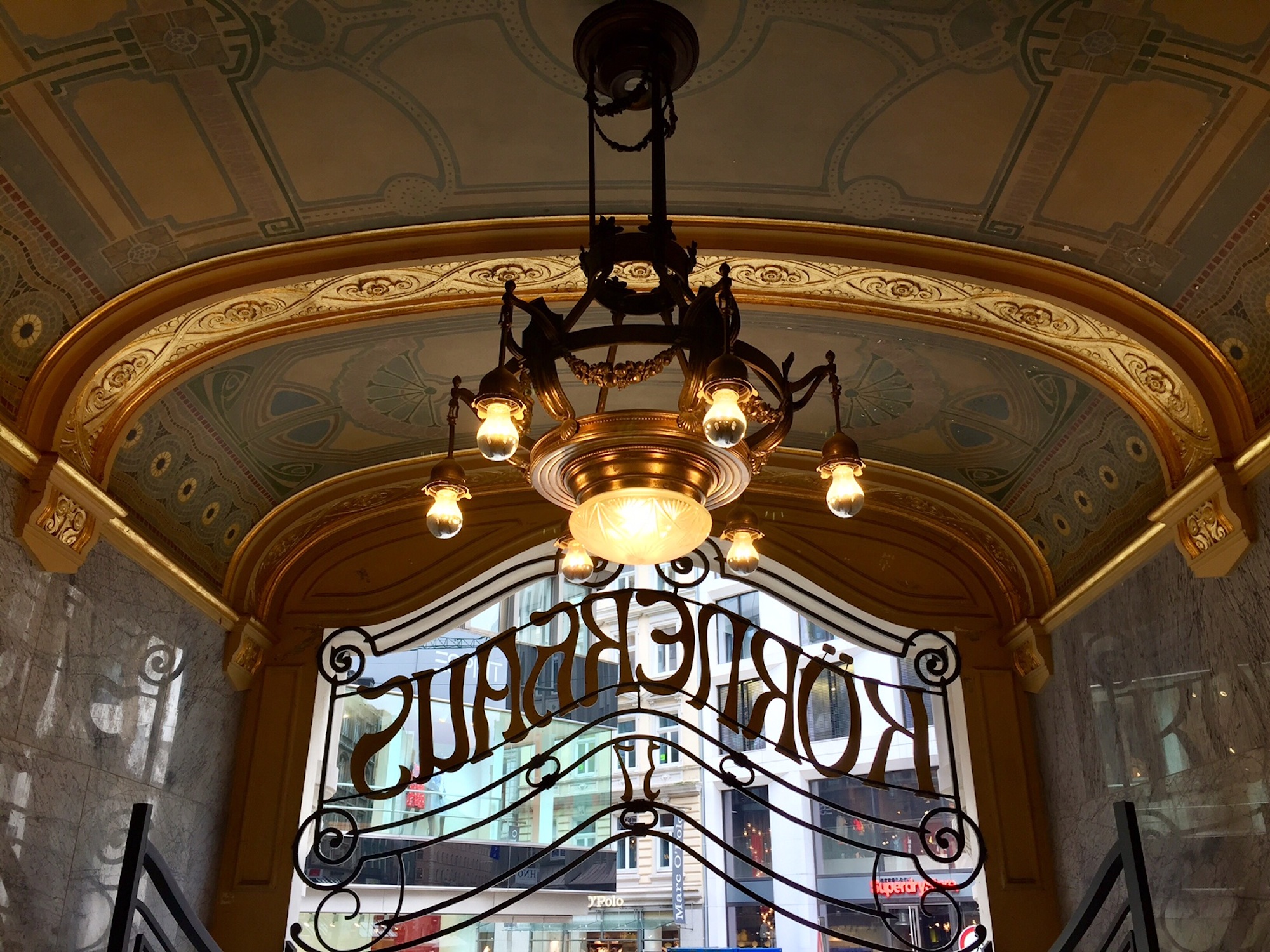
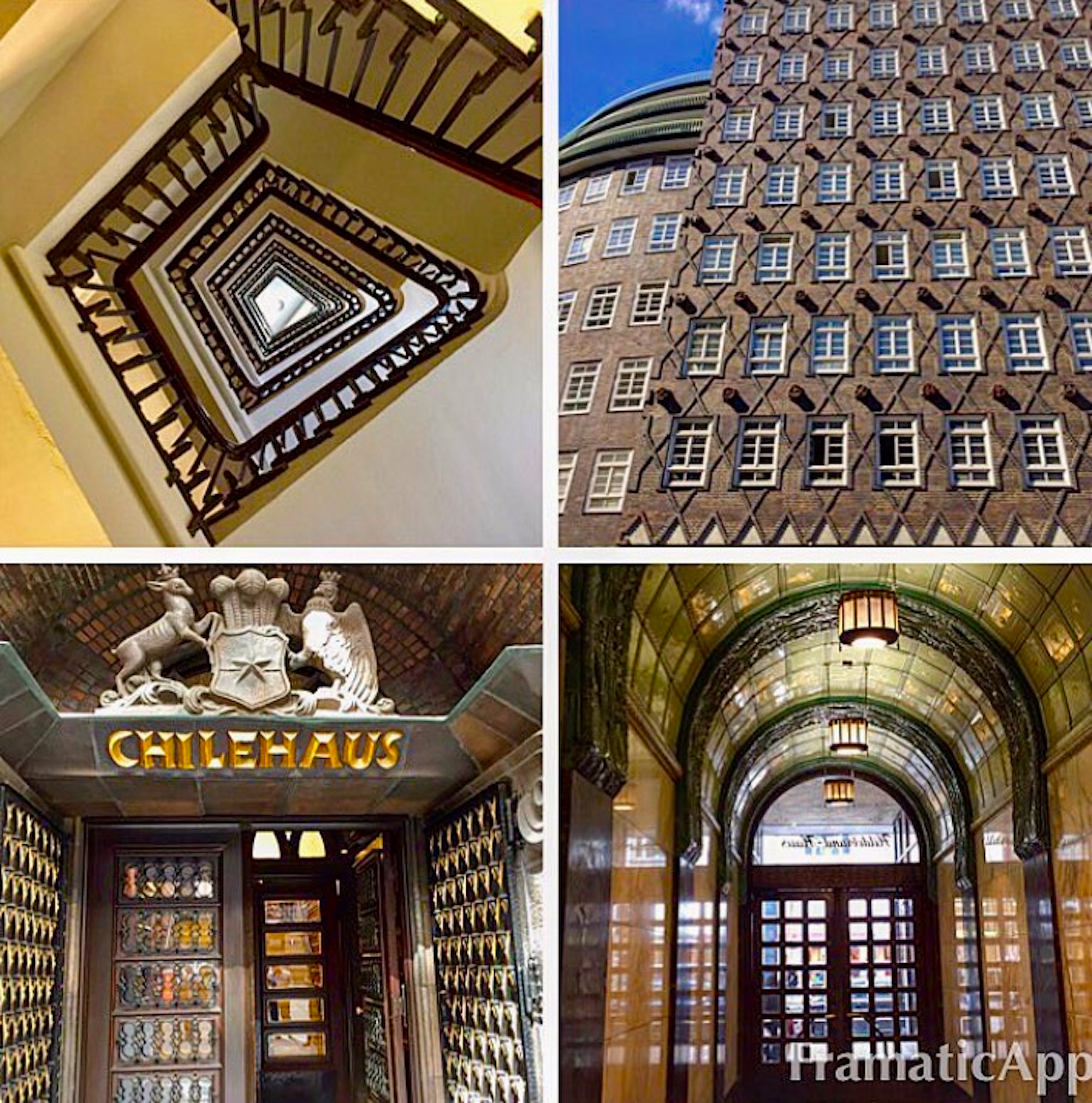
Speicherstadt, the world’s largest collection of warehouses, is a newly named UNESCO World Heritage Site. Rows of mighty red brick buildings line a maze of narrow cobblestone streets along pretty canals dotted with bridges, some adorned with love locks.
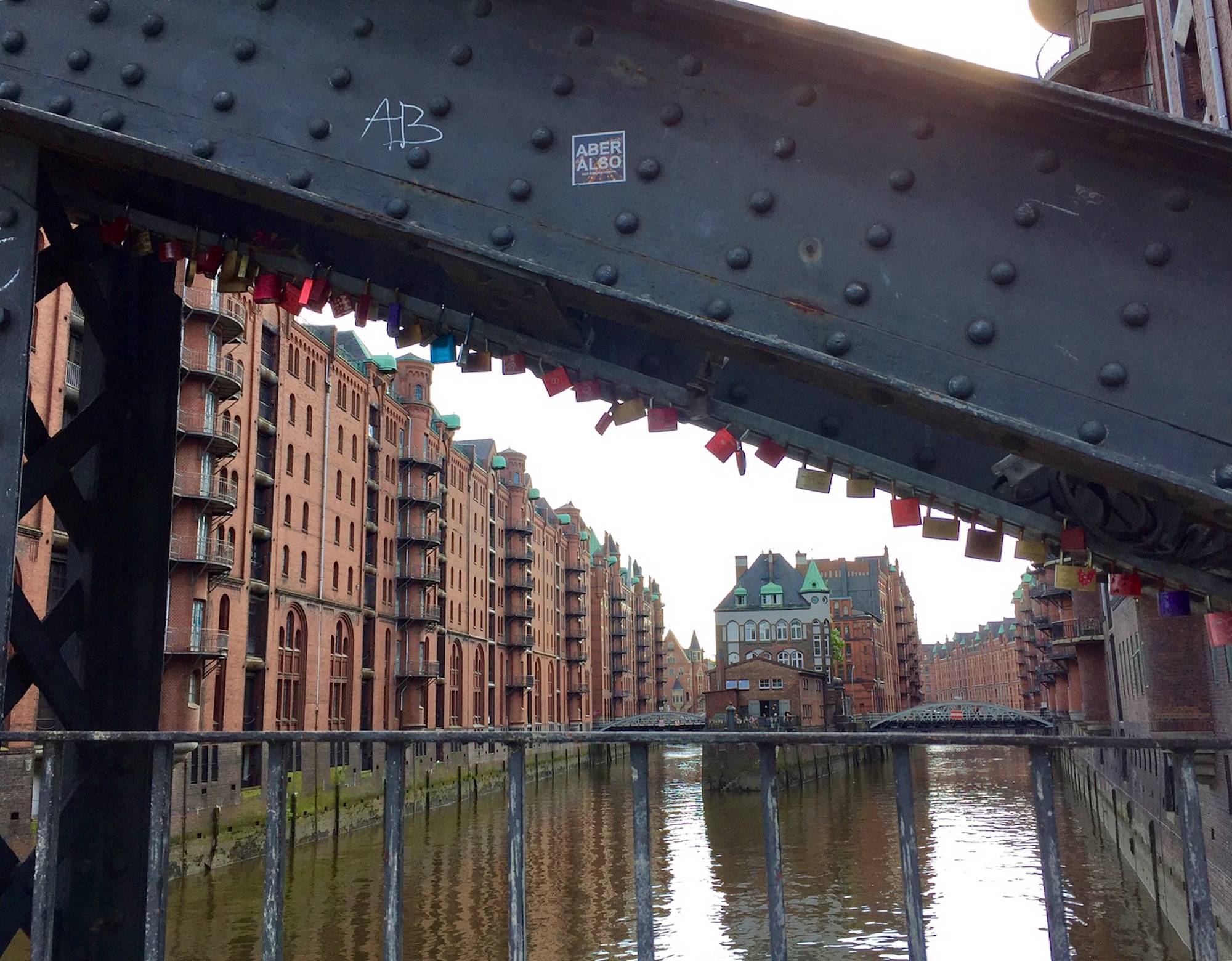
A reserved bicycle parking space is the best way to commute for the city’s high concentration of creatives in fashion, design, advertising, and media.
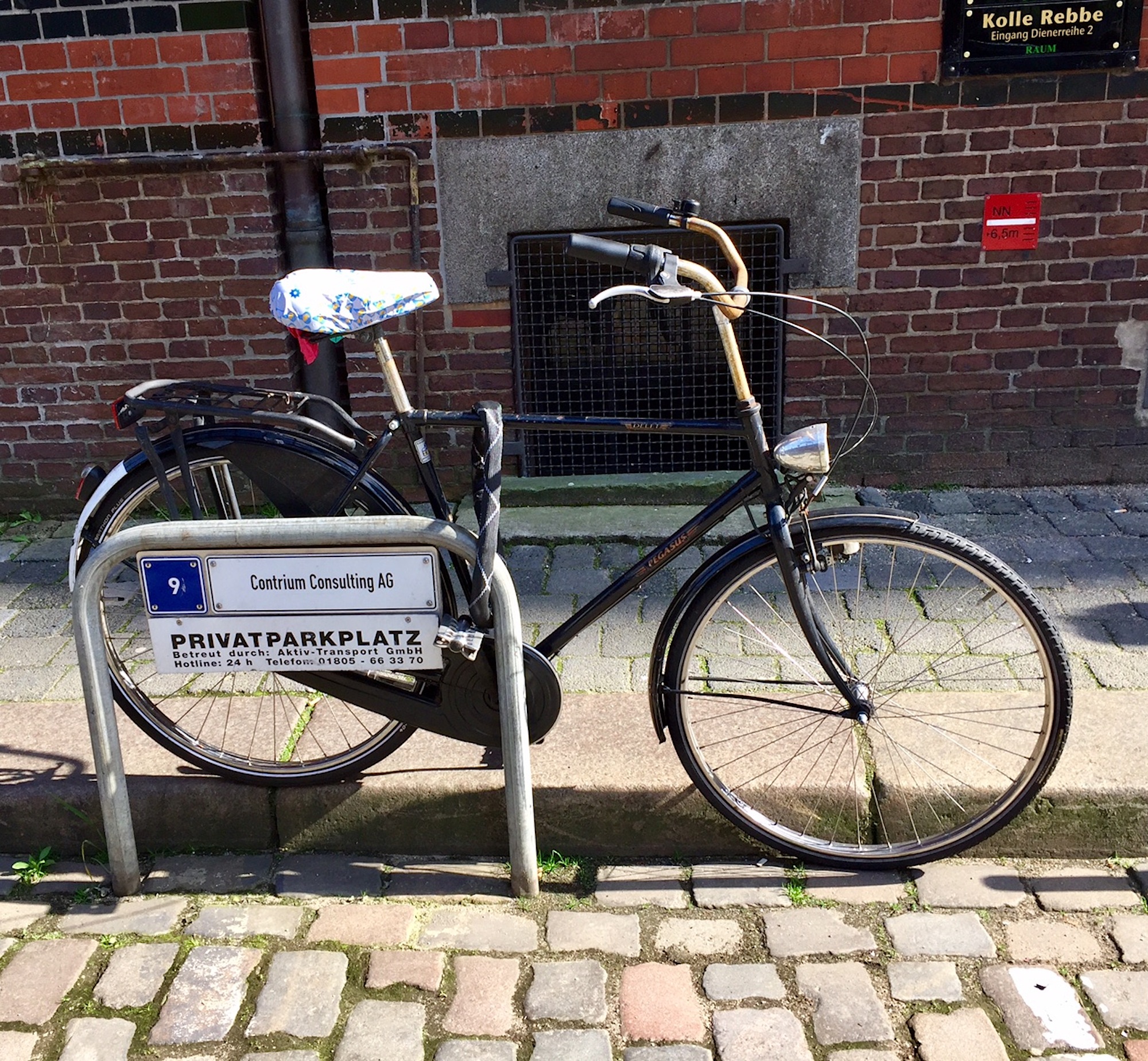
Rest your feet over a coffee break while paying tribute to Hamburg’s mercantile legacy at the Kaffeemuseum.
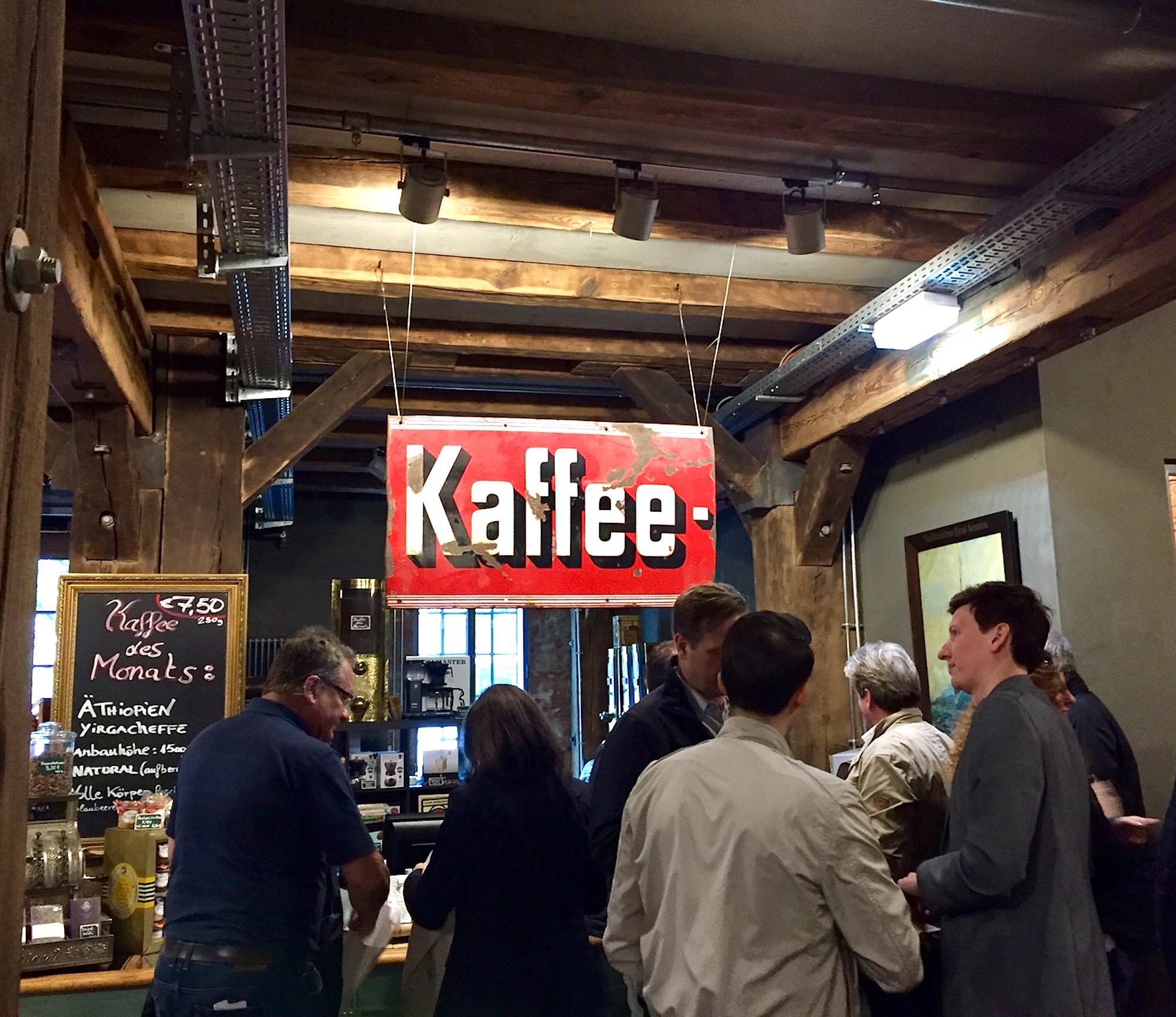
You’ll find no signs of a retail slowdown in downtown Hamburg, where covered shopping arcades lead to Rathaus, Hamburg City Hall, its Renaissance Revival tower reflected in yet another canal.

Wander around covered shopping arcades, visit Alsterhaus luxury fashion store to explore local tastes at its fashionable food halls.

Try to resist the display of tortes at Vlet an der Alster, where you can lunch while watching white swans drift by.
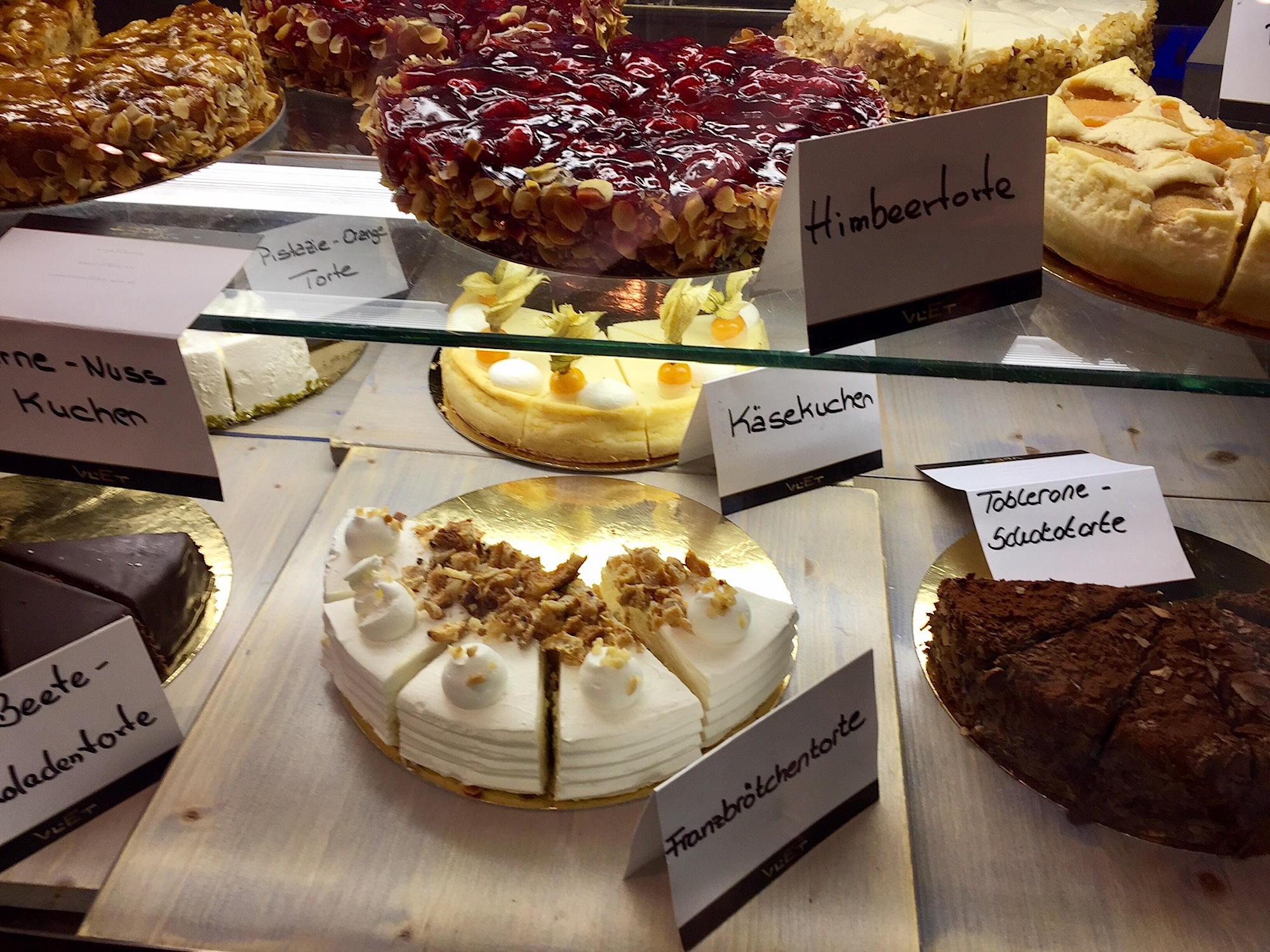
Spring is white asparagus season, and memorable meals are centered around the revered regional favorite. And then, there are truffles. For the pleasure of unpretentious plus a Michelin star, put Restaurant Trüffelschwein on your hit list.
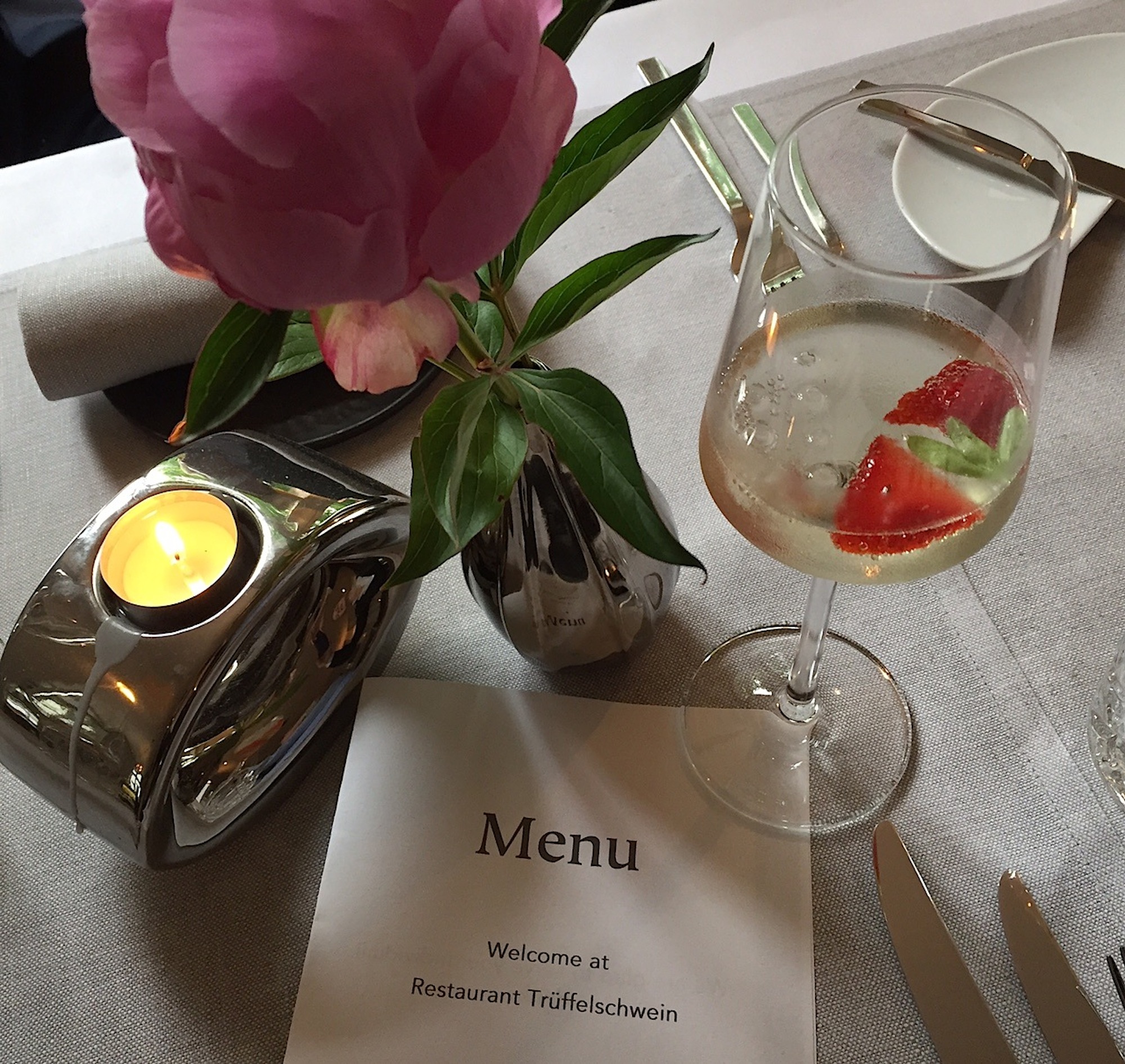
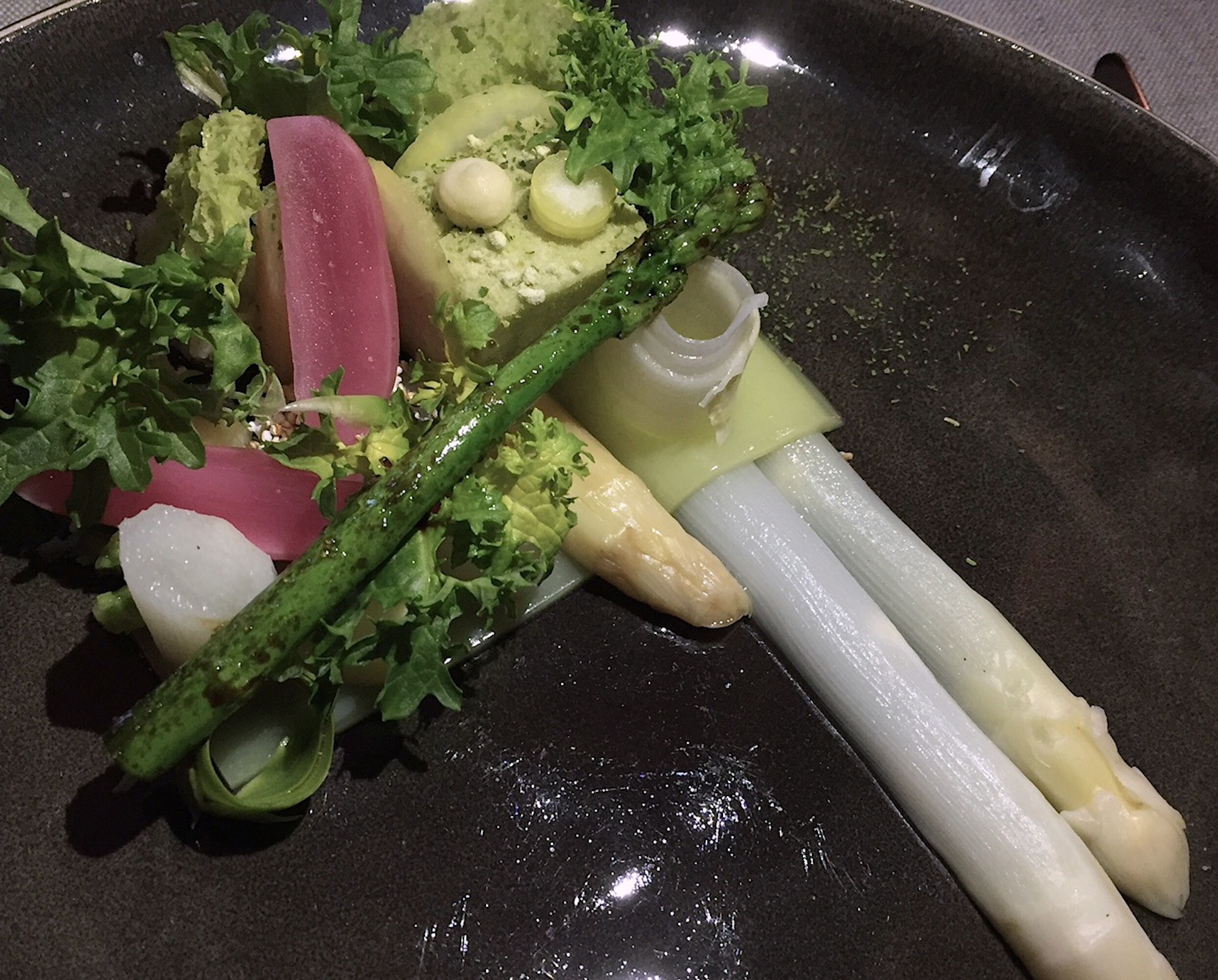
Le Méridien Hamburg: Overlooking Alster Lake
Kayak or sail on it, jog or bicycle (yes, the hotel has rental bikes) around it, or just admire Hamburg’s watery signature landscape from your room with a balcony at Le Méridien. While some say, “Think Hamburg, think harbor,” the city’s maritime mentality is equally rewarded by Alster Lake right in the center of the city. Enjoy appetizing views and breakfast served on the 9th floor.
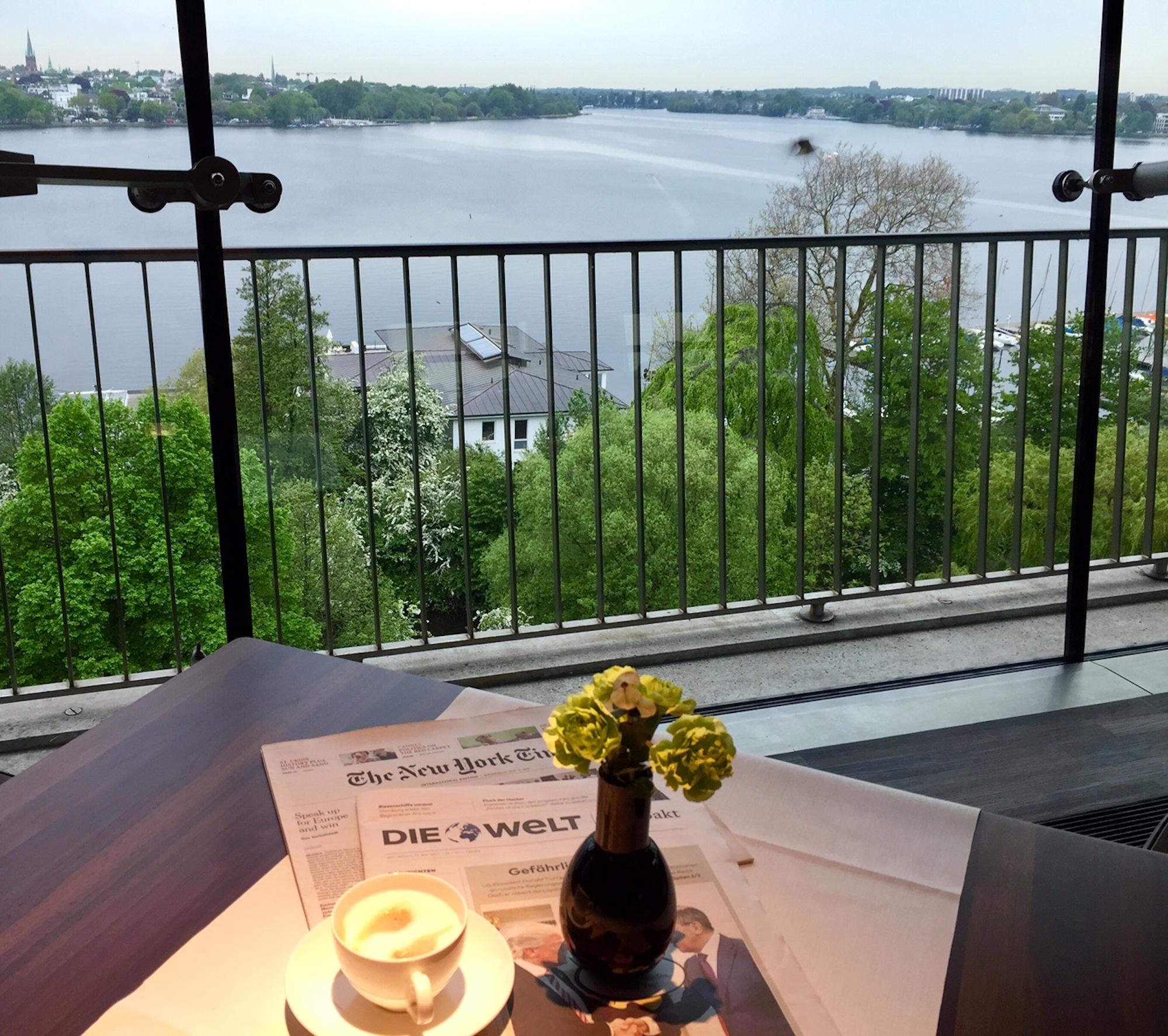
If you’re in a time crunch but need to work off Hamburg’s yummy-ness, the handy hotel swimming pool and 24-hour fitness room await. Otherwise, a soak in your claw foot tub will do nicely.
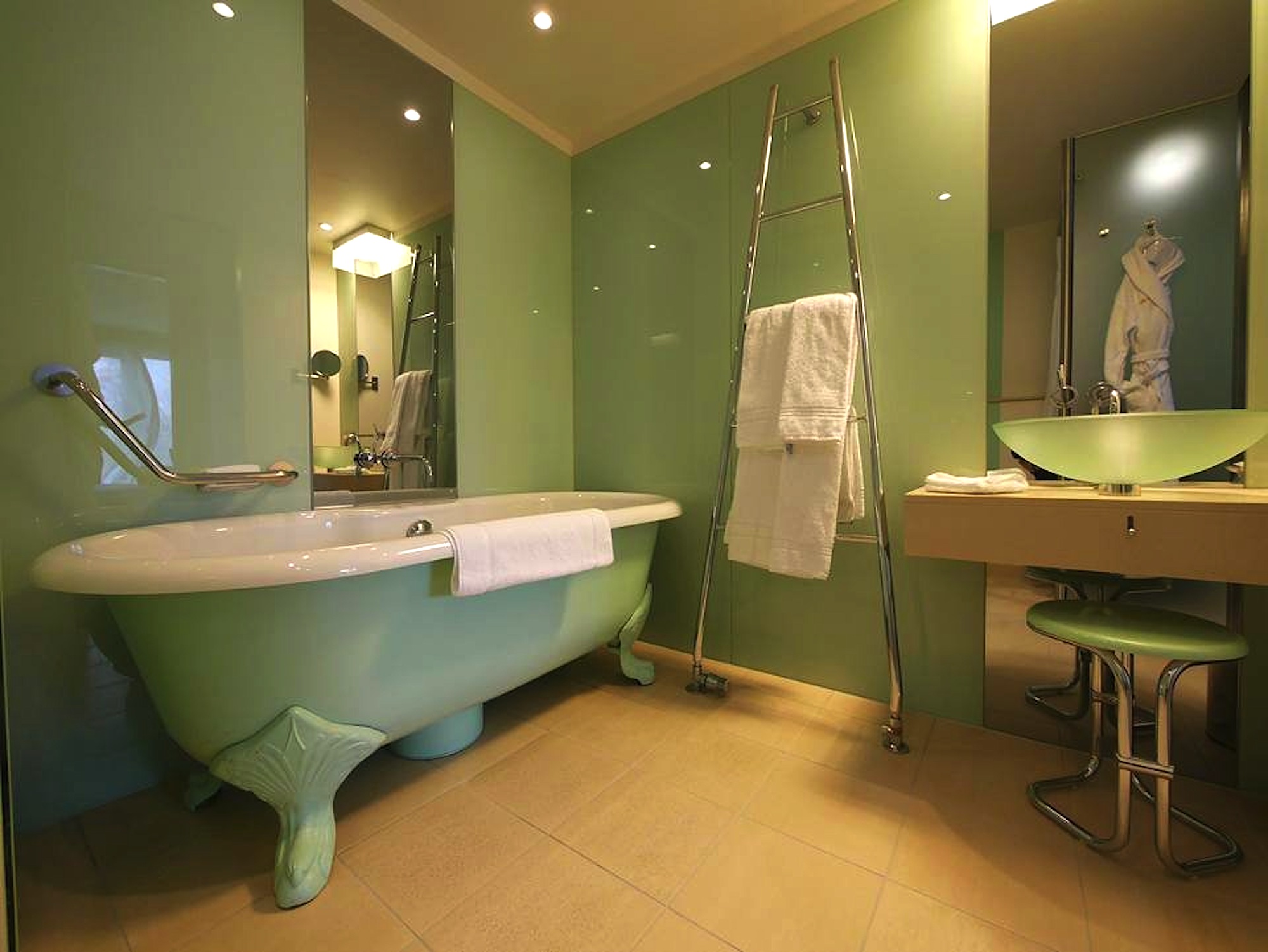
Note: The author was a guest of Visit Berlin and Hamburg Marketing via Air Berlin’s expanded nonstop service to Berlin from San Francisco, Los Angeles, Miami and New York. Accommodation was provided by Hotel de Rome and Le Méridien Hamburg. Opinions expressed are entirely those of the contributor involving no payment from any entity.
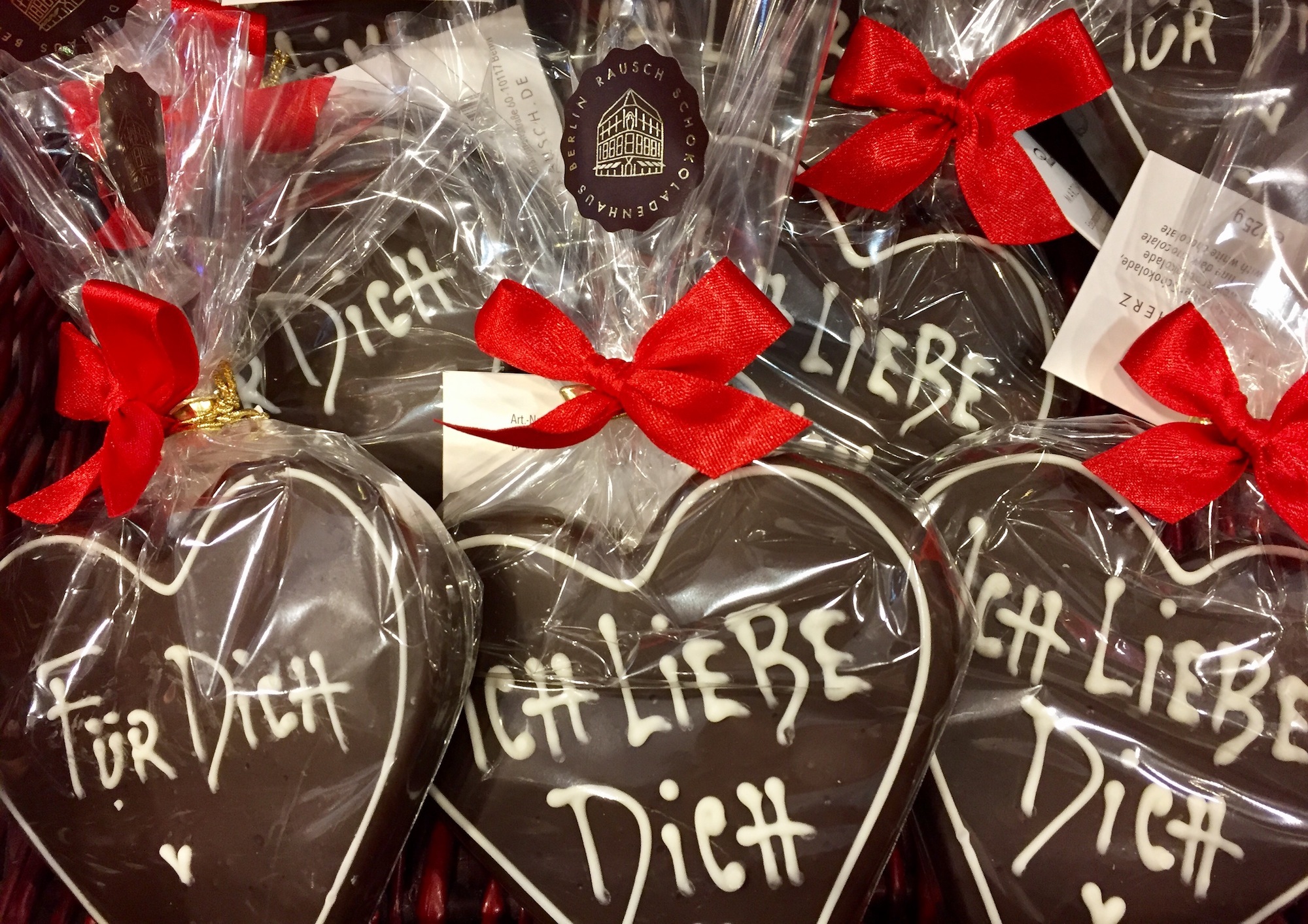
A career-long tourism, destination, hotel sales and marketing pro, Laurie Jo Miller Farr is a dedicated urbanite who loves walkable cities and has a knack for always finding the best public restrooms. As a San Francisco-based travel and copywriter, she enjoys views from its crazy signature hills following half-a-lifetime promoting her dual hometowns, a couple of oh-so-flat places: NYC and London. Her work is found online at USA Today, Yahoo, Eater, CBS, Where Traveler, and more. She tweets @ReferencePlease and posts on Instagram @lauriejmfarr.








